- 4.26.14 Disclosure
- 4.26.14.1 Program Scope and Objectives
- 4.26.14.1.1 Background
- 4.26.14.1.2 Authority
- 4.26.14.1.3 Responsibilities
- 4.26.14.1.4 Acronyms
- 4.26.14.1.5 Terms
- 4.26.14.1.6 Related Resources
- 4.26.14.2 Access
- 4.26.14.2.1 Access to Title 26 Returns and Return Information
- 4.26.14.2.2 Related Statute Exception
- 4.26.14.2.3 Related Statute Procedures
- 4.26.14.2.4 Related Statute Determination Factors
- 4.26.14.2.5 Effect of Related Statute Determination
- 4.26.14.3 Access to Title 31 Reports
- 4.26.14.3.1 Access For Title 31 Examination Purposes
- 4.26.14.3.2 Access (Other than SARs) for Tax Purposes
- 4.26.14.3.3 Access to SARs for Tax Purposes
- 4.26.14.4 Disclosure of Tax Information
- 4.26.14.5 Disclosure of BSA Information
- 4.26.14.6 SAR Disclosure
- 4.26.14.6.1 SAR Disclosure by Financial Institutions or Their Employees
- 4.26.14.6.2 SAR Disclosure by Government Officers or Employees
- 4.26.14.6.3 SAR Disclosure in Tax Cases
- 4.26.14.6.4 SAR Unauthorized Disclosure Procedures
- 4.26.14.7 Form 8300 Disclosure Rules
- 4.26.14.8 Penalties for Unauthorized Access and Disclosure
- Exhibit 4.26.14-1 Letter Agreement titled Electronic Access by the IRS SB/SE to BSA Information for Title 31 Purposes
- Exhibit 4.26.14-2 Memorandum of Understanding Dated September 24, 2010
- Exhibit 4.26.14-3 Re-Dissemination Guidelines for Bank Secrecy Act Information
- 4.26.14.1 Program Scope and Objectives
Part 4. Examining Process
Chapter 26. Bank Secrecy Act
Section 14. Disclosure
4.26.14 Disclosure
Manual Transmittal
July 20, 2020
Purpose
(1) This transmits revised text for IRM 4.26.14, Bank Secrecy Act, Disclosure.
Material Changes
(1) IRM 4.26.14.1 - Revised title to Program Scope and Objectives to properly reflect the information communicated in this subsection. Included important information to conform to the new internal and management control standards under the following titles:
-
IRM 4.26.14.1.1, Background
-
IRM 4.26.14.1.2, Authority
-
IRM 4.26.14.1.3, Roles and Responsibilities
-
IRM 4.26.14.1.4, Terms/Definitions/Acronyms
-
IRM 4.26.14.1.5, Related Resources
-
All other subsequent subsections were renumbered accordingly
(2) All references to Web Currency and Banking Retrieval System (WebCBRS) were changed to FinCEN Query (FCQ).
(3) Reference to TD 15-41 was removed due to its cancellation on June 5, 2017.
(4) Added references to other IRM sections when appropriate.
(5) IRM 4.26.14.1 - Moved to various other sections for better understanding.
(6) IRM 4.26.14.1.1 - Moved to various other sections for better understanding.
(7) IRM 4.26.14.1.2 - Moved to various other sections for better understanding.
(8) IRM 4.26.14.2 - Moved to 4.26.14.2.1. All other subsequent subsections were renumbered accordingly.
(9) IRM 4.26.14.2.1(9) - Material updated to current procedures.
(10) IRM 4.26.14.2.3 - Corrected form number.
(11) IRM 4.26.14.3 - Information corrected and updated.
(12) IRM 4.26.14.3 - Updated information on FinCEN Query (FCQ) and IRS access.
(13) IRM 4.26.14.3.1 - Updated information.
(14) IRM 4.26.14.3.3 - Removed reference to IGM as this material is now included in IRM and added that information.
(15) IRM 4.26.14.4(2)(b) - Updated Memorandum date.
(16) IRM 4.26.14.5.1 - Removed reference to Treasury Delegation Order 15-41, which is obsolete.
(17) IRM 4.26.14.5.2(5) - Updated wording.
(18) IRM 4.26.14.6.1- Added reference to Insurance companies.
Effect on Other Documents
This supersedes IRM 4.26.14 dated July 24, 2012.Audience
Intended audience is employees of the Bank Secrecy Act Program in the Small Business/Self Employed (SB/SE) Division and can be referenced by all field compliance personnel.Effective Date
(07-20-2020)Wanda R. Griffin
Director, SB/SE Specialty Examination Policy
Small Business/Self Employed
-
Purpose. This IRM provides guidance on the responsibilities of BSA managers, BSA examiners, and other IRS employees to protect confidentiality of BSA records and information entrusted to the IRS.
-
Audience. This IRM is for BSA managers and examiners but may apply to other IRS employees with access to BSA records and information.
-
Policy Owner. Director, Specialty Examination Policy – Small Business/Self Employed.
-
Program Owner. Director, Examination - Specialty Examination owns Bank Secrecy Act.
-
Primary Stakeholders. BSA Exam Case Selection, Specialty Examination and SB/SE Examination Quality & Technical Support are the primary stakeholders for this IRM.
-
Program Goals. This guidance is provided to describe the responsibilities of BSA managers, BSA examiners, and other IRS employees to protect the confidentiality of BSA information and know when a disclosure of BSA information is authorized.
-
Disclosure - The rules governing access to and disclosure of returns and return information under Title 26, Internal Revenue Code (IRC), are different from the rules governing access and disclosure of information collected under Title 31, referred to as the Bank Secrecy Act (BSA).
-
Disclosure occurs when an examiner accesses data or information and disseminates or uses that information for a purpose that was not authorized in the original access to that information. It is possible to disclose to oneself. For example the examiner obtains return information on Form 8300, Report of Cash Payments Over $10,000 Received in a Trade or Business, during a Title 26 examination that indicates there is a Title 31 violation CTR violation.
-
The examiner then uses the Title 26 information to begin a Title 31 examination without first making a related statute determination. The examiner may have made an unauthorized disclosure to himself. Access under Title 26 was authorized, but a related statute determination would be needed to use the Title 26 information for Title 31 examination purposes. See IRM 4.26.14.2.4 for more information on related statute determinations.
-
-
Access - Accessed information must be protected to prevent unauthorized disclosures.
-
IRS examiners are only allowed to access information that is necessary and relevant to a case. The same prohibition on browsing applies to both Title 26 and Title 31 data.
-
Access involves obtaining returns or return information. Returns and return in- formation must be stored in a secure location.
-
Unauthorized Access (UNAX) of taxpayer accounts is forbidden. The purpose of the UNAX Program is to provide awareness to all IRS employees to ensure employees do not improperly access information.
-
More information on UNAX is available on the Disclosure and Privacy Knowledge Base – UNAX - https://portal.ds.irsnet.gov/sites/vl003/Lists/UNAX1/LandingView.aspx.
-
Information can also be found in IRM 10.5.5, IRS Unauthorized Access, Attempted Access or Inspection of Taxpayer Records (UNAX) Program Policy, Guidance and Requirements.
-
IRS employees with UNAX questions should request that their manager verify and authorize access to an account. UNAX questions are directed via e-mail to *UNAX.
-
-
IRS examiners must limit their access to information in accordance with the Taxpayer Browsing Protection Act of 1997 and the disclosure rules under Title 26 and Title 31.
-
Access to Title 26 returns and return information is governed by IRC 6103, Confidentiality and Disclosure of Returns and Return Information, and is controlled by the IRS. Returns includes information reports, such as the Form 8300, Report of Cash Payments Over $10,000 Received in a Trade or Business, and return information includes a taxpayer’s identity, address, and financial information. Title 31 reports and report information used in a Title 26 case becomes return information subject to Title 26 disclosure.
-
Access to Title 31 reports information is controlled by the Financial Crimes Enforcement Network (FinCEN). BSA reports are available electronically through the FinCEN Query application via the secure FinCEN Portal. BSA reports are confidential and may not be accessed or disclosed except as authorized by FinCEN. A list of BSA forms is available on https://www.fincen.gov/.
Note:
The Form 8300 serves a dual-purpose. The form is used to meet both a Title 31 and a Title 26 reporting requirements. Forms 8300 used in an examination started under Title 26, whether it is a Form 8300 examination or an income tax examination, are subject to the IRC 6103 restrictions on disclosure. See IRM 4.26.14.2.3.
-
Every IRS employee, contractor and stakeholder who has access to tax returns, return information, personally identifiable information (PII) and sensitive but unclassified information (SBU) is responsible to protect it from unauthorized access, use or disclosure. Likewise, every person has a responsibility to know when a disclosure is authorized. IRM 11.3, Disclosure of Official Information, provides an overview and basic introduction to disclosure.
-
Director, Examination – Specialty Policy is the executive responsible for BSA Examination policy and procedures.
-
Director, Examination – Specialty Examination is the executive responsible for BSA examination operational compliance.
-
Chief, BSA Policy is responsible for ensuring general information about basic BSA examiner responsibilities and IRM sections is communicated to and carried out by BSA examiners.
-
The following table contains acronyms, and their definitions, used throughout this IRM:
Acronym Definition AML Anti-Money Laundering BSA Bank Secrecy Act CFR Code of Federal Regulations CI IRS Criminal Investigation CSIRC Computer Security Incident Report Center CTR Currency Transaction Report ECS Exam Case Selection FBAR Report of Foreign Bank and Financial Accounts FCQ FinCEN Query FinCEN Financial Crimes Enforcement Network IDRS Integrated Data Retrieval System MOU Memorandum of Understanding MSB Money Service Business SAR Suspicious Activity Report USC United States Code
-
The following table contains terms, and their definitions, used in this IRM:
Term Definition Activity Record The term, as used in this IRM, means Form 9984, Examining Officer’s Activity Record. Disclosure The term "disclosure" means the making known to any person in any manner whatever a return or return information. BSA Examiner The term, as used in this IRM, means an examiner within IRS’s SB/SE Bank Secrecy Act (BSA) examination organization. Title 31 Examination The term, as used in this IRM, means an examination conducted under the authority of Title 31, commonly referred to as the Bank Secrecy Act. Financial Institution The term, as used in this IRM, means a financial institution for which IRS has been delegated examination authority and includes casinos, MSBs, and banks/credit unions without a Federal regulator.
-
Sources of guidance on disclosures of official information may also be found at these related resources:
-
IRM 11.3, Disclosure of Official Information
-
CAP Strategy Podcast
-
Document 6986, Disclosure Awareness Guide
-
The Disclosure and Privacy Knowledge Base can be found at: https://portal.ds.irsnet.gov/sites/vl003/pages/default.aspx
-
-
In addition to the general "need to know" rules of UNAX, whether the person can perform their official duties properly, efficiently, or appropriately without the information, specific limitations of access may apply.
-
Limitations of access are found in laws restricting disclosure, which mean in effect that persons who would like access to certain information cannot get access because the holders of the information cannot disclose it to them. For example, the restriction of the "use of tax return information for nontax purposes" . An examiner cannot use information obtained during a tax case in a BSA case unless a related statute determination has been made. See IRM 4.26.14.2.4.
-
Other limitations of access may be administrative. For example, some employees are only authorized to receive and use Suspicious Activity Report (SAR) information on an open, assigned case, but may not obtain it via direct electronic access themselves. Such employees must request the information from "gatekeepers" who will access the SAR information from FCQ and then provide it to them.
-
Title 26 returns and return information are owned by IRS and access to Title 26 returns and return information is governed by the Internal Revenue Code.
-
Returns and return information are confidential and may not be disclosed except as authorized by IRC 6103, Confidentiality and Disclosure of Returns and Return Information.
-
The term "return" means any tax or information return required under Title 26. The Form 8300 serves a dual-purpose, the form is used to meet both a Title 31 and a Title 26 reporting requirements. Forms 8300 used in a Title 26 examination are information returns covered by IRC 6103(b)(1), Return. Form 8300 used in a Title 31 examination is a BSA report, not an information return.
-
"Return information" means a taxpayer’s identity; the nature, source, or amount of his…receipts…; and [related background information] but such term does not include data in a form that cannot be associated with or otherwise identify, directly or indirectly, a particular taxpayer. See IRC 6103(b)(2), Return Information.
-
The term "taxpayer return information" means return information that is filed with or furnished to the Secretary by or on behalf of the taxpayer to whom such return information relates. See IRC 6103(b)(3), Taxpayer Return Information.
-
-
IRC 6103 allows for certain exceptions to the prohibition on disclosure of returns and return information.
-
IRC 6103(h), Disclosure to certain Federal officers and employees for purposes of tax administration, etc., specifically IRC 6103(h)(1), Department of the Treasury, provides that "returns and return information shall, without written request, be open to inspection by or disclosure to officers and employees of the Department of the Treasury whose official duties require such inspection or disclosure for tax administration purposes" .
-
Access to Title 26 returns and related return information is available to IRS employees who need this information for their tax administration work through the various databases maintained by IRS, such as the Integrated Data Retrieval System (IDRS).
-
A tax administration purpose under IRC 6103(h)(1) is the basis for access to returns and return information by revenue agents; for example, those conducting a Form 8300 examination under Title 26.
-
IDRS contains return information and generally may not be accessed for Title 31 purposes. BSA examiners are prohibited from accessing IDRS while preplanning or conducting Title 31 activities.
-
Return and return information may be disclosed to the taxpayer and persons appointed by the taxpayer. If return information or returns are provided the examiner should return the information without review and explain to the financial institution the purpose of the examination is limited to the determination of their compliance with the BSA.
-
IRC 6103 allows for numerous other exceptions to the general prohibition on disclosure. See IRM 11.3.1, Introduction to Disclosure.
-
-
Examiners may access IDRS and other sources of return information if a Form 8300 examination is conducted under the authority provided in Title 26 at IRC 6050I, Returns Relating to Cash Received in Trade or Business, etc.
-
Tax administration means the administration, management, conduct, direction, and supervision of the execution and application of the internal revenue laws or related statutes (or equivalent laws and statutes of a state) and tax conventions to which the United States is a party, and the development and formulation of Federal tax policy relating to existing or proposed internal revenue laws, related statutes, and tax conventions. See IRC 6103(b)(4), Tax Administration.
-
The Bank Secrecy Act may be considered a related statute for purposes of access to returns and return information when an apparent BSA violation was in furtherance of an apparent violation of Title 26 laws, or as part of a pattern of apparent violations designed to violate Title 26 laws. See IRM 4.26.14.2.2.
-
-
Instructions and guidelines relating to disclosure of information from tax returns and other IRS documents, including disclosure under the Freedom of Information Act (FOIA), 5 USC 552, and the Privacy Act, 5 USC 552a, are published in IRM 11.3.22, Disclosure to Federal Officers and Employees for Tax Administration Purposes. Refer also to IRM 9.5.5.4, Money Laundering and Currency Crimes, The Money Laundering Investigation and Disclosure, for more information relating to the use of returns and return information in criminal money laundering investigations.
-
≡ ≡ ≡ ≡ ≡ ≡ ≡ ≡ ≡ ≡ ≡ ≡ ≡ ≡ ≡ ≡ ≡ ≡ ≡ ≡ ≡ ≡ ≡ ≡ ≡ ≡ ≡ ≡ ≡ ≡ ≡ ≡ ≡ ≡ ≡ ≡ ≡≡ ≡ ≡ ≡ ≡ ≡ ≡ ≡ ≡ ≡ ≡ ≡ ≡ ≡ ≡ ≡ ≡ ≡ ≡ ≡ ≡ ≡ ≡ ≡ ≡ ≡ ≡ ≡ ≡ ≡ ≡ ≡ ≡≡ ≡ ≡ ≡ ≡ ≡ ≡ ≡ ≡ ≡ ≡≡ ≡ ≡ ≡ ≡ ≡ ≡ ≡ ≡ ≡ ≡ ≡ ≡≡ ≡ ≡ ≡ ≡ ≡ ≡ ≡ ≡ ≡ ≡ ≡ ≡ ≡ ≡ ≡ ≡ ≡ ≡ ≡ ≡ ≡ ≡ ≡ ≡ ≡ ≡ ≡ ≡ ≡ ≡ ≡ ≡ ≡ ≡ ≡ ≡ ≡ ≡ ≡ ≡ ≡ ≡ ≡ ≡ ≡ ≡ ≡ ≡ ≡ ≡ ≡ ≡ ≡ ≡ ≡ ≡ ≡ ≡ ≡ ≡ ≡ ≡ ≡ ≡ ≡ ≡ ≡ ≡ ≡ ≡ ≡ ≡ ≡ ≡ ≡ ≡ ≡ ≡ ≡ ≡ ≡ ≡ ≡ ≡
-
Anyone making an unauthorized disclosure may be subject to civil and criminal sanctions under the IRC.
-
A Title 26 examination may contain or obtain information that may also be relevant to a Title 31 violation. If the information indicating potential BSA noncompliance is from a Title 26 examination that information is considered "return information" and is protected by IRC 6103, Confidentiality and Disclosure of Returns and Return Information, used or disclosed in a Title 31 examination unless a determination is made that the two statutes, Title 26 and Title 31, are related.
-
For a related statute determination, IRM 11.3.22.20.1, Use of Tax Information in Tax or Tax-Related Bank Secrecy Act and Money Laundering Investigations, the key test is whether, under the facts and circumstances of the particular case, the money laundering provisions meet the "related statute" test.
-
The BSA is not "per se" (automatically) related to the Internal Revenue Code.
-
If the designated official determines, via the Related Statute Memorandum (RSM), that a potential BSA violation was in furtherance of a potential Title 26 violation (hereafter known as an "approved RSM" ). Title 26 information can be used in the Title 31 examination. The "approved RSM" authorizes the examiner to initiate a Title 31 examination.
-
IRC 6103(k)(6), Disclosure by certain officers and employees for investigative purposes, authorizes the IRS to disclose return information to the extent necessary to obtain information relating to its official tax administration duties or to properly accomplish any activity connected with its official tax administration duties. Accordingly, if the disclosure of information was for one of those purposes, IRC 6103(k)(6) would authorize the disclosure. IRC 6103(k)(6) would not authorize the disclosure of return information solely the administration of Title 31.
-
Returns and return information may not be accessed or disclosed for examination of non-tax matters if the related statute test is not met.
-
Information uncovered in a Title 26 examination that indicates there may have been a Title 31 violation, before the Title 26 return or return information can be used in the Title 31 examination or in written referrals to Criminal Investigation or FinCEN, there must be a related statute determination.
-
If, in an ongoing Title 31 examination, Title 26 return information is needed, a related statute determination must be made before using return information in the Title 31 examination.
-
A determination must be made in writing about the related statute test prior to the access or disclosure of returns or return information. The examiner documents the reasons supporting the related statute determination in a written memorandum, known as the related statute memorandum. The determination is made by a group manager, not the examiner.
-
The Form 13535, Report of Foreign Bank and Financial Accounts Related Statute Memorandum, was developed specifically for the Report of Foreign Bank and Financial Accounts (FBAR) cases. See IRM 4.26.17, Bank Secrecy Act, Report of Foreign Bank and Financial Accounts (FBAR) Procedures, for more information about the FBAR related statute memorandum. FBARs are the only type of Title 31 examination that requires a specific format for the required related statute memorandum.
-
A good faith judgment that the Title 31 violation was in furtherance of a Title 26 violation should be demonstrated by tangible objective factors and supported by adequate documentation. The reasons supporting the determination are noted on the related statute memorandum.
-
Title 26 information may be accessed and used in the Title 31 examination once the related statute memorandum has been signed by the group manager. The original memorandum and determination must be included in the Title 31 case file and a copy must be included in the Title 26 file.
-
IRC 6103(b)(4), Tax Administration, and IRC 6103(h)(1), Department of the Treasury, together permit disclosure of Title 26 information to IRS employees for examination purposes when there is a good faith determination that a BSA violation was committed in furtherance of a Title 26 violation or was part of a pattern to violate the provisions of Title 26. IRC 6103(b)(4) and IRC 6103(h)(1) allow IRS employees, whose official duties require access to tax returns and tax return information, to use tax return information in an examination under Title 31 once a related statute determination has been made.
-
A money laundering or BSA violation will be deemed a "related statute" if the money laundering or BSA violation:
-
Was committed in furtherance of a violation of the internal revenue laws, or
-
Is part of a pattern of violations of the internal revenue laws.
-
-
It is not necessary to establish with certainty that there was a Title 26 violation to meet the related statute test, but the determination must be a good faith determination.
Example:
Large amounts of currency being deposited and concealed from the IRS is an indication that taxable income has been earned that has not been reported on an income tax return. See IRM 11.3.22.20.1, Use of Tax Information in Tax or Tax-Related Bank Secrecy Act and Money Laundering Investigations.
Example:
Taxpayers who have a financial account in a foreign country may be required, under the BSA, to file a FinCEN Form 1114, Report of Foreign Bank and Financial Accounts (FBAR), disclosing the existence of the foreign account. When a taxpayer fails to comply with the FBAR filing requirement and fails to report interest income from the foreign financial account in violation of Title 26, the failure to comply with the FBAR requirement may indicate the non-compliance was done in furtherance of a tax violation under Title 26. The Title 26 information available is available for use in Title 31 case under the related statute test.
-
The group manager must make a good faith determination that the BSA violation was in furtherance of a Title 26 violation prior to approving the related statute determination.
-
The related statute determination allows IRS personnel to use returns or return information for examination of Title 31 activities for which the IRS has responsibility.
-
The determination that the statutes are related makes the Title 31 case a matter of tax administration for purposes of IRC 6103, Confidentiality and Disclosure of Returns and Return Information. The information gathered in the Title 31 investigation from this point forward is subject to the disclosure rules under IRC 6103.
-
Information may disclosed within Treasury for purposes of tax administration. The Title 31 case can be disclosed to FinCEN and the Bureau of the Fiscal Services, both Treasury bureaus, as applicable for penalty assessment and/or collection purposes. See IRC 6103(h)(1), Department of the Treasury. It can also be disclosed to the Department of Justice for enforcement purposes under the rules of IRC 6103(h)(2), Department of Justice.
-
BSA reports are required because of their "usefulness in criminal, tax, or regulatory investigations or proceedings, or in the conduct of intelligence or counterintelligence activities, including analysis, to protect against international terrorism" , as stated in 31 USC 5311, Declaration of Purpose.
-
BSA reports, as required under 31 USC Chapter 53, Monetary Transactions, and 31 CFR Chapter X, Financial Crimes Enforcement Network, Department of The Treasury, filed through the FinCEN BSA E-Filing System. E-filing of these reports became mandatory in 2013. However, FBARs may be filed in paper format if the filer secures an e-filing exemption from FinCEN. Form 8300, Report of Cash Payments Over $10,000 Received in a Trade or Business, filers currently have the option to file these reports electronically or in paper format. FinCEN Form 105, Report of International Transportation of Currency and Monetary Instruments (CMIR), is submitted and processed through the U.S. Customs and Border Protection in the Homeland Security Department.
-
As the administrator of the Bank Secrecy Act, FinCEN manages and maintains FinCEN Query (FCQ) as an on-line database query application for authorized users to access FinCEN data. The FCQ application was developed by FinCEN and is accessed via the secure FinCEN Portal. The FCQ application supports a wide range of law enforcement and regulatory users for access to perform report and data information queries on the millions of BSA reports housed within the FCQ database.
-
FinCEN has re-delegated Title 31 examination authority to other government agencies including IRS. Form 8300 is a dual-purpose form that contains information required to be reported by both Title 31 and Title 26. FinCEN has access to the information reported on a Form 8300 under Title 31 but the form is also an information return under Title 26 IRC 6050I and is subject to IRC 6103, Confidentiality and Disclosure of Returns and Return Information, restrictions on disclosure. IRC 6103(l)(15), Disclosure of Returns Filed Under Section 6050I, provides an exception that permits the disclosure of Form 8300 information for Title 31 purposes.
-
See IRM 4.26.4, FinCEN Query (FCQ), for additional information.
-
When IRS employees are engaged in Title 31 examination activities they are not acting under Title 26. Because their actions are taken under the authority of Title 31 and the BSA, FinCEN controls access to BSA information.
-
FinCEN and IRS executed a Letter Agreement on May 20, 2004 titled Electronic Access by the IRS SB/SE to BSA Information for Title 31 Purposes, Exhibit 4.26.14-1, and a Memorandum of Understanding (MOU) dated September 24, 2010, regarding broader electronic access to Title 31 Reports, Exhibit 4.26.14-2.
-
The Letter Agreement and MOU allow examiners electronic access to BSA information for Title 31 compliance purposes.
-
In a Title 31 examination, BSA examiners can also access Form 8300, Report of Cash Payments Over $10,000 Received in a Trade or Business, for transactions occurring on or after January 1, 2002, except for forms filed by court clerks for transactions occurring before July 9, 2012. See IRM 4.26.14.7 for more information about Forms 8300 filed by court clerks.
-
BSA personnel may directly access SAR information on FCQ for BSA examination purposes.
-
There are extra constraints on the access of Suspicious Activity Report (SAR) information because of their confidential nature. For Title 31 examinations, the Letter Agreement limits SAR access by BSA employees to:
-
SARs filed by the entity under examination or being considered for examination,
-
SARs filed by other financial institutions reporting on the entity under examination, and
-
SARs relating to any transaction or transactions conducted through such entity.
-
-
Care must be taken to avoid using Title 31 examinations as a pretext for conducting Title 26 information gathering activities. The decision in United States v. Deak-Perera, 566 F. Supp. 1398 (D.D.C. 1983), served as a warning that the courts will not tolerate the gathering of information based on false or misleading representations on the part of the examiner.
-
The following procedures should be followed to avoid any appearance of mixing Title 31 and Title 26 activities:
-
The scope of any Title 31 examination should be based on objective factors and not expanded to obtain additional information for any other purpose; and
-
Information obtained within the scope of the Title 31 examination, which appears to have Title 26 implications, should be reported on Form 5346 , Examination Information Report, and forwarded to BSA-ECS at *SBSE BSA Information Reports/Referrals. The Form 5346 should only contain Title 31 information obtained during the Title 31 examination. In the "Other Information" section of the Form 5346 notate project code 0441 to indicate the information came from a Title 31 examination and state what type of referral is being made, such as employment tax or income tax.
-
See IRM 4.26.11.12.9, Entities subject to both Title 26 and Title 31, for additional guidance.
-
-
All BSA data users must adhere to the BSA Data Information Access Security Plan policies. BSA Data Information Access Security Plan is available on the FinCEN Portal under the Knowledge Library within the FinCEN Data Use and Guidelines link. All BSA data users must adhere to the BSA Data Information Access Security Plan policies.
-
One of the purposes of the Bank Secrecy Act, as set out in 31 USC 5311, Declaration of Purpose, is to provide reports and records considered to be of high utility in tax matters. As "tax" is one of the uses envisioned for BSA information, IRS employees have access to most Title 31 reports on FinCEN Query (FCQ) for tax matters and may use the information accessed from FCQ in Title 26 proceedings.
-
FinCEN made a separate determination on SAR access because of SARs' confidential nature. See IRM 4.26.14.3.3.
-
SAR information may be helpful in examination and collection activities when:
-
FinCEN Query (FCQ) reflects a Currency Transaction Report (CTR);
-
Routine means of locating banking information is exhausted;
-
Potential fraud indicators are present; or
-
It appears the taxpayer may be engaging in an unusually large number of cash transactions or cash transactions of unusually large amounts to avoid proper reporting of income or to evade collection.
-
-
IRS employees, including auditors, revenue agents, and revenue officers, may want to use SAR information to:
-
Summon new bank accounts;
-
Attempt to locate taxpayer at new location; or
-
Levy newly-identified sources.
-
-
Access to BSA information through FCQ for tax purposes is governed by the Memorandum of Understanding (MOU) between FinCEN and IRS dated September 24, 2010. Exhibit 4.26.14-2.
-
The MOU covers electronic access to all BSA report information including SAR information, but excluding Form 8300, Report of Cash Payments Over $10,000 Received in a Trade or Business. Access to Form 8300 is permitted outside the MOU because of its dual nature as both a Title 26 and a Title 31 form.
-
Authorized agency personnel may access Title 31 report information including SAR information. Queries to obtain the reports should be as focused as possible on the subject. An audit trail of all accesses will be maintained.
-
Each operating division or business unit authorized to receive SAR information has detailed policies and procedures for SAR access in their IRM.
-
Compliance employees electronic access to SAR information or the ability to receive SAR data must be authorized by their operating division and business unit leaders.
-
SAR information requests are limited to active examination and collection cases. Electronic access to SAR information is authorized only when made in connection with specific and assigned tax administration matters. The SAR information may be accessed for case-building activities when the case subject is assigned to a Compliance case-building group, function, or project.
-
-
Each operating division or business unit authorized to receive SAR information will issue a policy directive detailing policies and procedures for SAR access for its employees.
-
Training on SAR information access and security is mandatory prior to any authorized access.
-
Once SAR information is secured for Title 26 compliance purposes, dissemination of that SAR information is subject to both Title 31 and Title 26 disclosure restrictions. The SARs and SAR information must be protected in the same manner as information received from a confidential informant. For more information about SAR protection, see IRM 4.26.14.6.2 and IRM 4.26.14.6.3.
-
Access and use of FCQ data are subject to minimum managerial review of audit trails to ensure appropriate use of FCQ data in relation to assigned cases.
-
Managerial reviews will be conducted on at least an annual basis and may be conducted in conjunction with annual workload reviews.
-
Reviews will cover a 30-day period to be selected from the prior 12 months of FCQ activity.
-
Queries will be compared against open inventory for the same 30-day period or will be validated through other business controls to ensure queries were related to assigned cases.
-
-
Tax returns and return information are protected from access and disclosure by Title 26. IRC 6103, Confidentiality and Disclosure of Returns and Return Information, prohibits the disclosure of tax returns and return information, as those terms are defined at IRC 6103(b), Definitions. For example, the examiner must not disclose any return information to a whistle-blower (informant) about the alleged tax violator (for example, whether or not the alleged tax violator filed a tax return). Taxpayers look to the Service to maintain their returns and associated account information in a secure and confidential manner. Moreover, the Service is required by statute to do so. Such information may not be shared with anyone unless authorized by IRC 6103.
-
Disclosure to the taxpayer is authorized by IRC 6103(e), Disclosure to Persons Having Material Interest, and to the taxpayer's designee by IRC 6103(c), Disclosure of Returns and Return Information to Designee of Taxpayer, unless a determination has been made that such disclosure would seriously impair Federal tax administration under IRC 6103(e)(7), Return Information. Unless such information meets one of the exemptions to disclosure found in the Freedom of Information Act (FOIA), 5 USC 552, return information may be disclosed to the taxpayer, or his designee, under FOIA. BSA information is specifically exempt from disclosure under the FOIA. 5 USC 552(b)(3), in conjunction with 31 USC 5319, Availability of Reports.
-
For example, in a Title 26 Form 8300, Report of Cash Payments Over $10,000 Received in a Trade or Business, exam, a taxpayer may be able to obtain the examiner’s work papers under FOIA. However, in a Title 31 Form 8300 exam, the taxpayer may be more limited in obtaining information under FOIA as BSA reports and records of BSA reports are specifically exempt from FOIA under 31 USC 5319.
-
The Deputy Commissioners for Operations Support and for Services and Enforcement, In a memorandum dated March 30, 2016 on FOIA obligations, stated that under the Open Government Initiative and IRC 6103(e), persons having a material interest in the information, such as the taxpayer, have a right to receive copies of their files to the extent that it will not impair enforcement. Absent an impairment determination, examiners can and should make copies of files available to taxpayers or their authorized representatives upon request. This protects taxpayers' rights and also reduces the need for processing requests under FOIA provisions. The Disclosure staff is available for advice as to what should be redacted, if anything.
-
IRM 11.3.13.7.6, Title 31 Reports – CTRs, CMIRs, FBARs, and SARs, provides additional information on FOIA.
-
-
IRS employees often operate under the exception found in IRC 6103(h), Disclosure to Certain Federal Officers and Employees for Purposes of Tax Administration, etc., which allows for disclosure to Federal officers and employees for purposes of tax administration. Specifically, IRC 6103(h)(1), Department of the Treasury, states that returns and return information shall, without written request, be open to inspection by or disclosure to officers and employees of the Department of the Treasury whose official duties require such inspection or disclosure for tax administration purposes.
-
This exception allows for the disclosure of returns and return information within IRS for normal audit purposes.
-
It is also the basis for the related statute exception.
-
IRM 11.3.22, Disclosure of Official Information, Disclosure to Federal Officers and Employees for Tax Administration Purposes.
-
-
The related statute exception, as noted in IRM 4.26.14.2.2 provides authority for an examiner having taxpayer-specific Title 26 information to disclose that information in a Title 31 case when the apparent Title 31 violation was in furtherance of an apparent violation of Title 26 law or as part of a pattern of apparent violations designed to violate Title 26 law.
-
For a more comprehensive discussion of disclosure, including exceptions under IRC 6103, see IRM 11.3, Disclosure of Official Information, and IRM 37, Chief Counsel Directives Manual – Disclosure.
-
When Title 26 information is used in a Title 31 case, the information is both return information and BSA information and is protected from further disclosure, not only by IRC 6103, but also by the disclosure prohibitions of the BSA and the Re-Dissemination Guidelines issued by FinCEN.
-
31 USC 5319 prohibits the disclosure of BSA reports and records of reports under FOIA or similar "open government" state and local laws. For this reason, return information used in a Title 31 case after a related statute determination has been made cannot be disclosed to the taxpayer or anyone else under FOIA.
-
Disclosure of Title 31 information, including SAR information, is governed by the Revised Re-Dissemination Guidelines for Bank Secrecy Act Information (11-28-2007). See Exhibit 4.26.14-3.
-
Information from BSA reports, or copies of the reports themselves, are "return information" as defined by IRC 6103(b)(2), Return Information, only when they are used in tax or tax-related investigations. In that context, they are protected by IRC 6103, Confidentiality and Disclosure of Returns and Return Information.
Caution:
BSA reports that are considered "return information" in connection with a Title 26 case have additional restrictions on what can be disclosed to a taxpayer/subject of the report. See IRM 11.3.13.7.6, Title 31 Reports - CTRs, CMIRs, FBARs, and SARs, to determine what can be disclosed to a taxpayer/subject of the BSA report in a Title 26 case.
-
IRM 11.3.22.20, Disclosure Provisions for Bank Secrecy Act and Money Laundering Cases, contains additional information on disclosure of BSA information.
-
Laptop and desktop hard drives do not provide the functionality necessary to electronically manage record information. They should only be used to store personal material, reference material, or working papers that do not need to be accessed/collaborated on by others. All final recordkeeping copies must be moved to an appropriate electronic recordkeeping system. See IRM 1.15.6.5, Creation, Use, and Maintenance of Unstructured Electronic Data, Laptop/Desktop hard drives.
Note:
It is every employee and managers responsibility to adhere to good recordkeeping practices. Safeguarding Personally Identifiable Information (PII) is an IRS priority; including deleting PII off laptops after a case is closed. Examiners must delete all PII from their laptop when their case is closed.
-
IRS personnel using BSA reports in a Title 26 examination must adhere to FinCEN guidance related to disclosing BSA reports to an individual when the information is used to determine a tax liability.
-
31 USC 5319, Availability of Reports, provides that BSA reports and information are to be made available to governmental entities and certain self-regulatory organizations upon request of the head of the agency or organization.
-
The dissemination must be for the purposes of the BSA described at 31 USC 5311, Declaration of Purpose, as criminal, tax, or regulatory investigations or proceedings, or the conduct of intelligence or counterintelligence activities, including analysis, to protect against international terrorism.
-
The head of the agency must make the request in writing, stating the particular information desired and the criminal, tax, or regulatory purpose for which the information is sought and the official need for the information. 31 CFR 1010.950(b).
-
The Secretary may in his discretion disclose information reported under the BSA for any reason consistent with the purposes of the BSA. 31 CFR 1010.950(a) .
-
-
31 CFR 1010.950, Availability of Information, provides additional guidance on disclosures of BSA information to governmental entities. These rules expand upon the types of requests that will be honored from agency heads and adds Congress and its subcommittees to the list of governmental entities to whom BSA information may be disclosed. State and local agencies may be required to pay fees. 31 CFR 1010.950(f).
-
FinCEN has delegated to the Commissioner of Internal Revenue Service the authority to disseminate reports required under the BSA regulations, subject to guidelines and procedures. FinCEN has the authority to set out those guidelines and has done so in the Revised Re-Dissemination Guidelines for Bank Secrecy Act Information. See Exhibit 4.26.14-3.
-
IRM 11.3.22, Disclosure of Official Information, Disclosure to Federal Officers and Employees for Tax Administration Purposes, contains additional information.
-
Disclosure of BSA information to non-governmental entities is very limited. Disclosure of BSA reports and records is governed by statute, regulation, administrative delegations of authority, and administrative guidelines as well as case law. See 31 USC 5319, Availability of Reports, and 31 CFR 1010.950, Availability of Information.
-
31 USC 5319 provides that BSA reports and information are to be made available to governmental entities for purposes consistent with the BSA. This section specifically provides that BSA reports and records of reports are exempt from disclosure to non-governmental entities even under the Freedom of Information Act (FOIA), 5 USC 552.
-
31 USC 5319 was amended in December 2011 to expand the prohibition of disclosure so that BSA reports and information also may not be disclosed under any state, local, tribal, or territorial "freedom of information" , "open government" , or similar law.
-
31 CFR 1010.960, Disclosure, reiterates the FOIA exemption established by 31 USC 5319 providing that all BSA reports and records are specifically exempt from disclosure under the FOIA. As a result, FCQ report information may not be disclosed by an examiner to non-governmental entities, even to the subject of the report.
-
A few court cases have considered 31 USC 5319. One case often cited is Berger v. IRS, 487 F Supp 2d 482, 496 (DNJ 2007), aff’d, 288 Fed. Appx. 829 (3rd Cir.2008). Documents, including some "CBRS" reports and related information, were sought from IRS under FOIA. Plaintiff argued that 31 USC 5319 was not an absolute prohibition against disclosure of BSA reports, basing this argument on an early version of this IRM that, according to Plaintiffs, provided that with regard to the contents of a "CBRS" report, "the examiner may disclose to the examined entity that a currency report was or was not filed and the contents of the report if any" . The court specifically stated that "Even if the IRM provision Plaintiffs quote was in effect at that time, this Court finds that "CBRS" reports qualify as reports exempt from disclosure under FOIA and [section] 5319." The reasoning of the court was that the statute clearly did not allow for discretion on the part of IRS. The lesson for IRS examiners is that the courts will consider that there is absolutely no discretion permissible on the part of the IRS examiner. BSA reports and information that would indicate that a BSA report had been filed are not to be disclosed by examiners in response to a FOIA request.
-
A copy of a report, however, can be provided to the filer of the report. Thus, while a CTR could not be disclosed to the subject of the CTR, it could be disclosed to the filer. Similarly, an FBAR could be disclosed to the filer of the FBAR, who is also, of course, the subject of the FBAR.
-
IRM 11.3.13, Disclosure of Official Information, Freedom of Information Act (FOIA), has additional information.
-
BSA reports are exempt from disclosure to the public under the Freedom of Information Act (FOIA) but may be shared between agencies under conditions prescribed in 31 USC 5319, 31 CFR 1010.950, Availability of Information, and FinCEN's Re-Dissemination Guidelines found in Exhibit 4.26.14-3.
-
Disclosure by IRS SB/SE is governed by two documents. One is a letter agreement specific to SB/SE and one is a FinCEN guidance memorandum issued subsequently to all governmental agencies allowed to access BSA information.
-
The letter agreement between FinCEN’s Director and the IRS SB/SE Commissioner, entitled Electronic Access by the IRS SB/SE to BSA Information for Title 31 Purposes (May 20, 2004), restricts the further dissemination of BSA information obtained under the agreement. See Exhibit 4.26.14-1. The letter agreement is binding and requires SB/SE to refrain from dissemination of BSA information to any person without the written permission of FinCEN in each case.
-
On November 28, 2007, FinCEN issued Re-Dissemination Guidelines for Bank Secrecy Act Information. See Exhibit 4.26.14-3. These guidelines apply to the re-dissemination of BSA information in the possession of a Federal, State, or local government agency. BSA information is defined to include a report (and any information in such a report that might reveal its existence) that is filed under the BSA. These guidelines apply to the IRS.
-
For purposes of the Re-Dissemination Guidelines, the words "disseminate" and its derivatives do not include the notification of a BSA report's existence or any other release of a BSA report between agencies that have been granted direct electronic access to BSA information. Consequently, such disclosures are not subject to FinCEN's approval.
-
This means that IRS examiners do not need to follow the re-dissemination procedures outlined in the guidelines for disclosures to agencies having direct electronic access to the reports.
-
This rule has one exception. The disclosing Federal, state, or local government agency shall ensure that each BSA report or item of BSA information shared contains the warning statement set forth in Appendix II to the guidelines. See Exhibit 4.26.14-3.
-
-
FinCEN’s BSA Re-Dissemination Guidelines require certain procedures.
-
Appendix I of the Guidelines provides an acknowledgement form that the disclosing agency must receive from the receiving agency. The disclosing agency must provide a copy to FinCEN before providing BSA information to the receiving agency.
-
The BSA information disseminated must be accompanied by a warning statement, provided in Appendix II of the Guidelines. It warns against further re-dissemination.
-
The disseminating agency must keep records of all disseminations.
-
-
The guidelines prohibit any re-dissemination of BSA information not covered in the guidelines without first making a request in writing to FinCEN and obtaining FinCEN’s approval. There is a provision for emergency requests.
-
The guidelines further state that final authority governing interpretation of the guidelines or dissemination of a BSA report or BSA information rests with FinCEN.
-
The BSA prohibits anyone with knowledge that a Suspicious Activity Report (SAR) has been made from notifying any person involved in the transaction that the transaction has been reported. 31 USC 5318(g)(2)(A), In General.
-
The prohibition currently applies to:
-
The financial institution,
-
Any director, officer, employee, or agent of such institution (whether or not any such person is still employed by the institution), and
-
Any other current or former director, officer, or employee of, or contractor for, the financial institution or other reporting person.
-
-
The prohibition against disclosing to any person involved in the transaction that the transaction has been reported, also applies to any governmental employee who has any knowledge that such report was made.
-
The covered employees include any current or former officer, or employee of, or contractor for, the Federal government or any state, local, tribal, or territorial government within the United States.
-
It is, however, permissible to disclose when necessary to fulfill the official duties of such officer or employee.
-
31 USC 5321(a)(1) imposes a civil monetary penalty of not more than the greater of the amount involved in the transaction (not to exceed $100,000) or $25,000 against any person willfully violating the BSA, including willfully disclosing the existence of a SAR.
-
-
It’s always possible for someone to figure out a SAR may have been filed. That’s not a SAR disclosure. Examiners who issue summons based on information identified in a SAR must not reveal the existence of SAR if asked. They must neither confirm nor deny the existence of a SAR. If they receive a civil request demanding a SAR, they must contact FinCEN who will coordinate with their Office of Chief Counsel.
-
Each type of "financial institution" is defined in 31 USC 5312(a)(2) and 31 USC 5312(c)(1) and the underlying regulations. For suspicious transaction reporting requirements, each type of financial institution should refer to its specific portion of the regulations at 31 CFR Chapter X, Financial Crimes Enforcement Network, Department of the Treasury. Within each portion of these regulations, the prohibition against disclosure of the SAR or information that one had been prepared or filed is similarly applied to employees as well as the financial institution. For Example:
-
Banks would refer to 31 CFR 1020, Subpart C, Reports Required to be Made by Banks. (31 CFR 1020.320, Reports by Banks of Suspicious Transactions)
-
Casinos and Card Clubs refer to 31 CFR 1021.320, Reports by Casinos of Suspicious Transactions.
-
Money Services Businesses refer to 31 CFR 1022.320, Reports by Money Services Businesses of Suspicious Transactions.
-
Insurance Companies refer to 31 CFR 1025.320, Reports by Insurance Companies of Suspicious Transactions.
-
-
In the context of litigation, FinCEN advises that a financial institution and its employees neither admit nor deny the existence of a SAR and not respond to any discovery request or subpoena for SAR information. See 31 CFR 1020.320(e), Confidentiality of SARs, for banks; 31 CFR 1021.320(e), Confidentiality of SARs, for casinos; 31 CFR 1022.320(d), Confidentiality of SARs, for money services businesses; and 31 CFR 1025.320(e), Confidentiality of SARs, for insurance companies.
-
Civil and/or criminal penalties can apply to employees for violations of the prohibition against disclosure. See 31 USC 5321(d), Criminal Penalty Not Exclusive of Civil Penalty.
Note:
A January 2011 press release from the FBI on the criminal conviction of a bank employee for unauthorized disclosure of a SAR to the subject of the SAR also noted that he appeared to be the first bank official in the nation to be convicted of criminal charges for revealing the filing and content of a SAR. In December 2011, FinCEN issued an administrative assessment of a civil penalty of $25,000 against the bank employee based on the facts established in the criminal trial.
-
For disclosure of SAR information sought by FinCEN, an appropriate regulator, or a law enforcement agency see the regulations for banks at 31 CFR 1020.320(d), for casinos at 31 CFR 1021.320(d), and for money services businesses at section 31 CFR 1022.320(d).
-
FinCEN guidance also allows a financial institution to disclose SAR information to its controlling company or head office.
-
FinCEN and the federal banking agencies take the position that banks’ internal controls for the filing of SARs should minimize the risks of disclosure.
-
There are other considerations regarding disclosure by government employees in addition to the disclosure rule of 31 USC 5318(g)(2)(A)(ii). No current or former officer or employee of the Federal Government or of any state, local, tribal, or territorial government within the United States, who has any knowledge that such report was made, may disclose to any person involved in the transaction that the transaction has been reported, other than as necessary to fulfill the official duties of such officer or employee.
-
The Revised Re-Dissemination Guidelines reiterate the importance of safeguarding SARs. BSA information includes the information in a SAR, as well as discussions between officials of a financial institution and law enforcement concerning a SAR, if the disclosure of such information or discussions would reveal the existence of a SAR.
-
An IRS employee who is requested to provide SAR information in response to a Freedom of Information Act (FOIA) request or a summons, should be aware of the following:
-
BSA reports are exempt from FOIA requests, or similar requests under state and local open government rules. See 31 USC 5319, Availability of Reports. This applies to SARs as well as other BSA reports.
-
SARs are generally protected from disclosure even in response to a court summons. See Whitney National Bank v. Karam 306 F.Supp.2d 678, S.D.Tex., February 20, 2004 (NO. CIV.A. H-02-2250).
-
-
The information contained in a SAR and even the existence of a SAR generally cannot be disclosed to parties involved in the transaction. See 31 USC 5318(g)(2)(ii).
-
As with the precautions required for informant information, the identity of persons who furnish information regarding suspicious activity must be protected. All employees must, therefore, handle such information in strict confidence. (See IRM 25.2, Information and Whistleblower Rewards).
-
Seeking information underlying the filing of a SAR by contacting or issuing a summons to the individual or business entity that filed the SAR requires consultation with the SAR Coordinator and BSA FinCEN Liaison.
-
To avoid an indication that a SAR was filed, Compliance employees should not limit their summons requests to transactions mentioned specifically in a SAR. A summons should only be issued when there is no third-party notification requirement.
-
-
BSA information, when included in a Title 26 compliance case file, is subject to the IRC 6103, Confidentiality and disclosure of returns and return information, restrictions on disclosure of return information. Title 31 data obtained during a tax examination or collection activity is "return information" for purposes of IRC 6103(b)(2), Return Information.
-
Furthermore, when the SAR information is used in a Title 26 case it retains its character as information from a BSA report. If a FOIA request is made in the Title 26 case:
-
The existence of a SAR and/or SAR information is not to be disclosed. 31 USC 5319.
-
Disclosure guidance is available on the Disclosure and Knowledge Base at https://portal.ds.irsnet.gov/sites/vl003.
-
The examiner should contact the local Disclosure Officer for assistance.
-
Additional information may be found in IRM 11.3.13.7.6, Title 31 Reports - CTRs, CMIRs, FBARs, and SARs.
-
-
The examiner should follow security procedures for safeguarding SAR information, including:
-
Attach Document TD F 15-05.11, Sensitive but Unclassified (SBU) Cover Sheet, catalog 56033J, to the outside of the file.
-
Keep all SARs and SAR information inside a sealed confidential envelope labeled "SAR Information" .
-
The activity record or case history should not reveal that SARs and/or SAR information exists – substitute "confidential informant" when referring to a SAR.
-
If work papers or case histories need to detail information regarding SARs, the work papers or history documents should also be placed in the confidential envelope.
-
The operating divisions may add additional safeguards to this general list, including disposal or retention of SAR information when cases are closed.
-
-
SAR information may only be disseminated to the extent permitted under IRC 6103 of Title 26 and Appendix III, SAR Disclosure Guidance, of FinCEN’s Re-Dissemination Guidelines. The examiner must consult with management officials, the SAR Coordinator, and the BSA FinCEN Liaison when considering information-sharing and prior to taking any action.
-
If SAR information is sought in a tax case, the protections of 31 USC 5318(g), Reporting of Suspicious Transactions, 31 USC 5319, Availability of Reports, and those of IRC 6103, Confidentiality and disclosure of returns and return information, apply.
-
The information contained in the SAR and the existence of the SAR itself cannot be disclosed.
-
Under both Title 26 and Title 31, there are criminal and civil penalties for unauthorized disclosure of SAR information.
-
In using SAR information, the examiner must be careful not to create an impression that a SAR may have been filed.
-
Users should first attempt to acquire additional information through a general Information Document Request (IDR) – because being specific in the request might indicate that a SAR had been filed.
-
Seeking information underlying the filing of the SAR by contacting or issuing a summons to the person that filed the SAR requires consultation with the SAR coordinator and BSA FinCEN Liaison.
-
Examples of information underlying the filing of the SAR include a photocopy of the identification provided when the transaction occurred or the business’ video surveillance tapes.
-
-
SARs and SAR information must be treated the same way as information from a confidential informant.
-
Employees should neither lie to the taxpayer nor admit the existence of a SAR when dealing with a taxpayer. If asked by the taxpayer for the source of their information, the employee may reply: "I cannot disclose that information. The authority to withhold that information is in IRC 6103(e)(7)."
-
Potential unauthorized disclosures or loss of SAR data must be reported.
-
The SAR Coordinator should be contacted for guidance on whether an action is reportable.
-
Within one hour of learning of a potential or actual loss or unauthorized disclosure of SAR data, the user must report the circumstances surrounding the incident to Computer Security Incident Report Center (CSIRC).
-
Within five workdays of the incident, a copy of the CSIRC report reflecting the control number assigned must be provided to the Program Manager, BSA Policy, or designee, through SAR Coordinator and management channels. The CSIRC report number must be included in this report.
-
The Program Manager, BSA Policy, is the IRS official responsible for informing FinCEN of potential or actual unauthorized disclosure or any potential or actual loss of SARs or SAR information by the agency. IRS is obligated to report potential unauthorized disclosures or loss of SAR data to FinCEN within 30 days.
-
-
Suspected browsing of SAR data is subject to unauthorized access (UNAX) rules and is reported to TIGTA. IRM 4.26.14.1.1.
-
Form 8300, Report of Cash Payments over $10,000 Received in a Trade or Business, was required only by IRC 6050I, Returns Relating to Cash Received in Trade or Business, etc., until the USA PATRIOT Act also required it under 31 USC 5331, Reports Relating to Coins and Currency Received in Nonfinancial Trade or Business, effective January 1, 2002. Then, Form 8300 became a dual-purpose form required under nearly the same circumstances by both code titles. Material differences between the two code provisions include the following:
-
The clerk of court requirement for Form 8300 filing was not carried over to 31 USC 5331, Reports relating to coins and currency received in nonfinancial trade or business, until December 23, 2011 and implementing regulations did not become effective until July 9, 2012. Prior to July 9, 2012, clerks of court were only required to file Form 8300 under IRC 6050I(g), Cash Received by Criminal Court Clerks, not under 31 USC 5331. See IRM 4.26.10.8, Clerk of Criminal Court Provisions, for additional information about this filing requirement.
-
IRC 6050I(e), Statements to be Furnished to Persons with Respect to Whom Information is Required, requires the filer to furnish an annual statement to the person required to be named in the Form 8300. See IRM 4.26.10, Bank Secrecy Act, Form 8300 History and Law. This provision has not been carried over to 31 USC 5331.
-
Penalties are different under the two code provisions.
-
-
Because the Form 8300 is required by two different titles, Title 26 and Title 31 of the USC, the access and disclosure rules are different under each title. The rules change depending on the date of the transaction and the method of access.
-
Prior to January 1, 2002, there was no Form 8300 filing requirement under Title 31. Therefore, any Form 8300 filed for a transaction that occurred before January 1, 2002, was filed under IRC 6050I and is considered a return under IRC 6103(b)(1). Information gathered via any Form 8300 filed prior to January 1, 2002, is return information under IRC 6103(b)(2). Disclosure of returns and return information is subject to IRC 6103, Confidentiality and disclosure of returns and return information.
-
Other than a Form 8300 required to be filed by a court clerk (see paragraph (1) of this subsection), a Form 8300 required to be filed for a transaction occurring after December 31, 2001 meets a dual filing requirement under both IRC 6050I and 31 USC 5331. For Form 8300 filed for a transaction occurring after December 31, 2001, the disclosure rules covering the release of the Form 8300 information differ, depending on whether the release is made under Title 26 or Title 31.
-
Information pertaining to Form 8300 accessed from the IRS Master File, including Information Return Master File (IRMF), is subject to the provisions of IRC 6103(l)(15), Disclosure of Returns Filed Under Section 6050I, and may be disclosed upon written request to officers and employees of any Federal agency, any agency of a state or local government, or any agency of the government of a foreign country.
-
Filed Forms 8300 that are not required to be filed by law (for example, one filed regarding a transaction less than $10,000 or reporting a transaction designated by the filer to be suspicious) are generally ineligible for disclosure under IRC 6103(l)(15). See IRM 9.5.5.4.8.1, Return Information -Form 8300.
-
IRC 6103(l)(15) does not pertain to disclosures for the purpose of tax administration. Disclosure for purposes of tax administration is made under provisions of IRC 6103, including the related statute provisions. See the discussions of disclosures under IRC 6103 and the related statute determination in this section.
-
Disclosure for purposes of referral for grand jury investigation and for criminal tax prosecution, or under an ex-parte court order are also permitted under IRC 6103.
-
-
Form 8300 and Form 8300 report information filed with CTR Operations, formerly known as Detroit Computing Center and the Enterprise Computing Center - Detroit, for transactions made on or after January 1, 2002 and accessed from FinCEN Query in a Title 31 examination, is Title 31 information subject to BSA disclosure restrictions.
Exception:
Form 8300 filed by clerks of court for transactions made from January 1, 2002 through July 8, 2012 are not Title 31 information because during this time, clerks of court were only required to file Form 8300 under IRC 6050I(g), Cash Received by Criminal Court Clerks.
-
As a Title 31 form, it is exempt from release under the Freedom of Information Act (FOIA), 31 USC 5319. Since December 2011, the prohibition on disclosure of all BSA information under the FOIA is extended to state open information laws as well.
-
FinCEN has issued Re-Dissemination Guidelines for the disclosure of all BSA forms. When the Form 8300 is considered as a Title 31 form, it is subject to FinCEN’s Re-Dissemination Guidelines. See Exhibit 4.26.14-3. Because of this, the IRS examiner may not share FCQ printouts with the subject in a case conducted under Title 31.
-
-
Although Form 8300 is required under both Title 26 and Title 31, IRS Form 8300 examination activities are usually conducted under Title 26. There is no prohibition against using IDRS when the Form 8300 examination is conducted under Title 26 because the examination is considered to be for tax administration purposes. If, however, the examination is initiated under Title 31, IDRS cannot be accessed. See the discussion on the related statute determination in this section.
-
Penalties for unauthorized access and disclosure may be asserted under Title 26 or Title 31.
-
These penalties differ between the titles.
-
In both titles, whether penalties are civil or criminal depends on the degree of intent.
-
Penalties for unauthorized access and disclosure in violation of IRC 6103, Confidentiality and Disclosure of Return and Return Information, are set forth in IRC 7431, Civil Damage for Unauthorized Inspection or Disclosure of Returns and Return Information, and IRC 7213, Unauthorized Disclosure of Information, and IRC 7213A , Unauthorized Inspection of Returns or Return Information, (criminal). See a discussion of these penalties in IRM 11.3.1, Introduction to Disclosure.
-
IRC 7431, Civil Damages, provides that disclosure rules are enforced by the injured taxpayer who can bring an action for civil damages.
-
If any officer or employee of the United States knowingly, or by reason of negligence, inspects or discloses any return or return information of a taxpayer in violation of any provision of IRC 6103, such taxpayer may bring a civil action for damages against the United States in a district court of the United States.
-
If any person who is not an officer or employee of the United States knowingly, or by reason of negligence, inspects or discloses any return or return information of a taxpayer in violation of any provision of IRC 6103 or in violation of IRC 6104(c), Publication to State Officials, such taxpayer may bring a civil action for damages against such person in a district court of the United States.
-
Damages may amount to the greater of $1,000 for each disclosure or the sum of the actual damages plus appropriate punitive damages plus the costs of the action plus in some cases reasonable attorney’s fees.
-
-
The criminal penalties for disclosure of a return or return information under IRC 6103 are set out in IRC 7213. They include:
-
A fine not exceeding $5,000 or
-
Imprisonment of not more than five years, or both, together with the costs of prosecution, and
-
Dismissal from office for federal employees.
-
-
Penalties for disclosure of BSA information are found in 31 USC 5321, Civil Penalties.
-
31 USC 5321(a)(6)(A), In General, imposes a penalty of not more than $500 for a negligent violation.
-
31 USC 5321(a)(6)(B), Pattern of Negligent Activity, imposes an additional penalty of not more than $50,000 if a pattern of negligent violations can be shown.
-
31 USC 5321(a)(1) provides civil penalties for willful violations of the BSA or related regulations of not more than the greater of the amount (not to exceed $100,000) involved in the transaction (if any) or $25,000.
-
31 USC 5321(d), Criminal Penalty Not Exclusive of Civil Penalty, provides that a civil money penalty may be imposed under subsection (a) for any violation of this subchapter notwithstanding the fact that a criminal penalty is imposed for the same violation.
-
-
Criminal penalties for willful unauthorized access and disclosure in violation of the BSA are found in 31 USC 5322, Criminal Penalties.
-
31 USC 5322(a) provides a penalty of a fine of not more than $250,000 or imprisonment for not more than five years, or both, for criminally willful violations.
-
31 USC 5322(b) provides a higher penalty if the criminally willful violation occurred while violating another law of the United States or as part of a pattern of any illegal activity involving more than $100,000 in a 12-month period. The person violating the BSA in this manner shall be fined not more than $500,000, imprisoned for not more than 10 years, or both.
-

Please click here for the text description of the image.
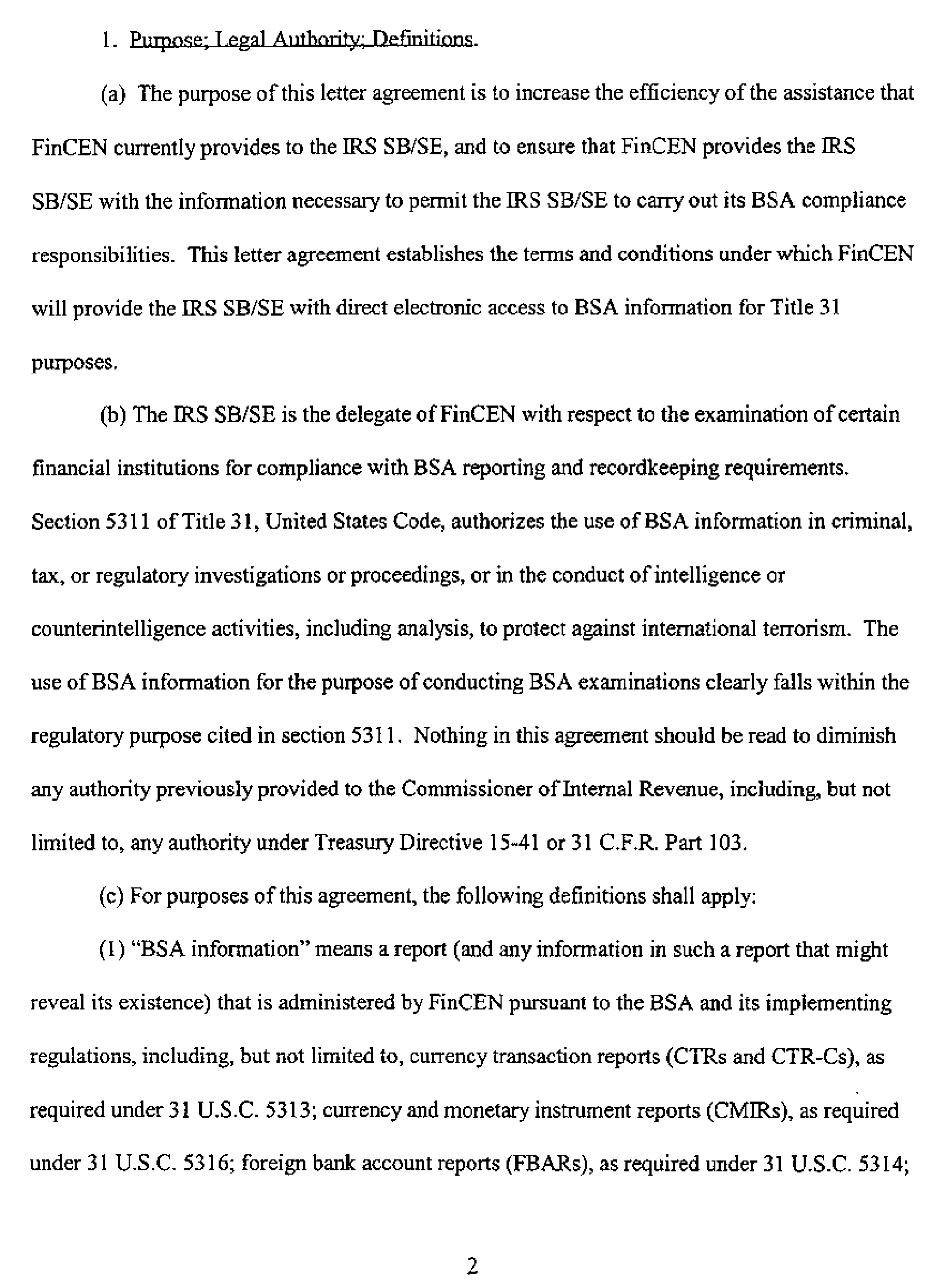
Please click here for the text description of the image.
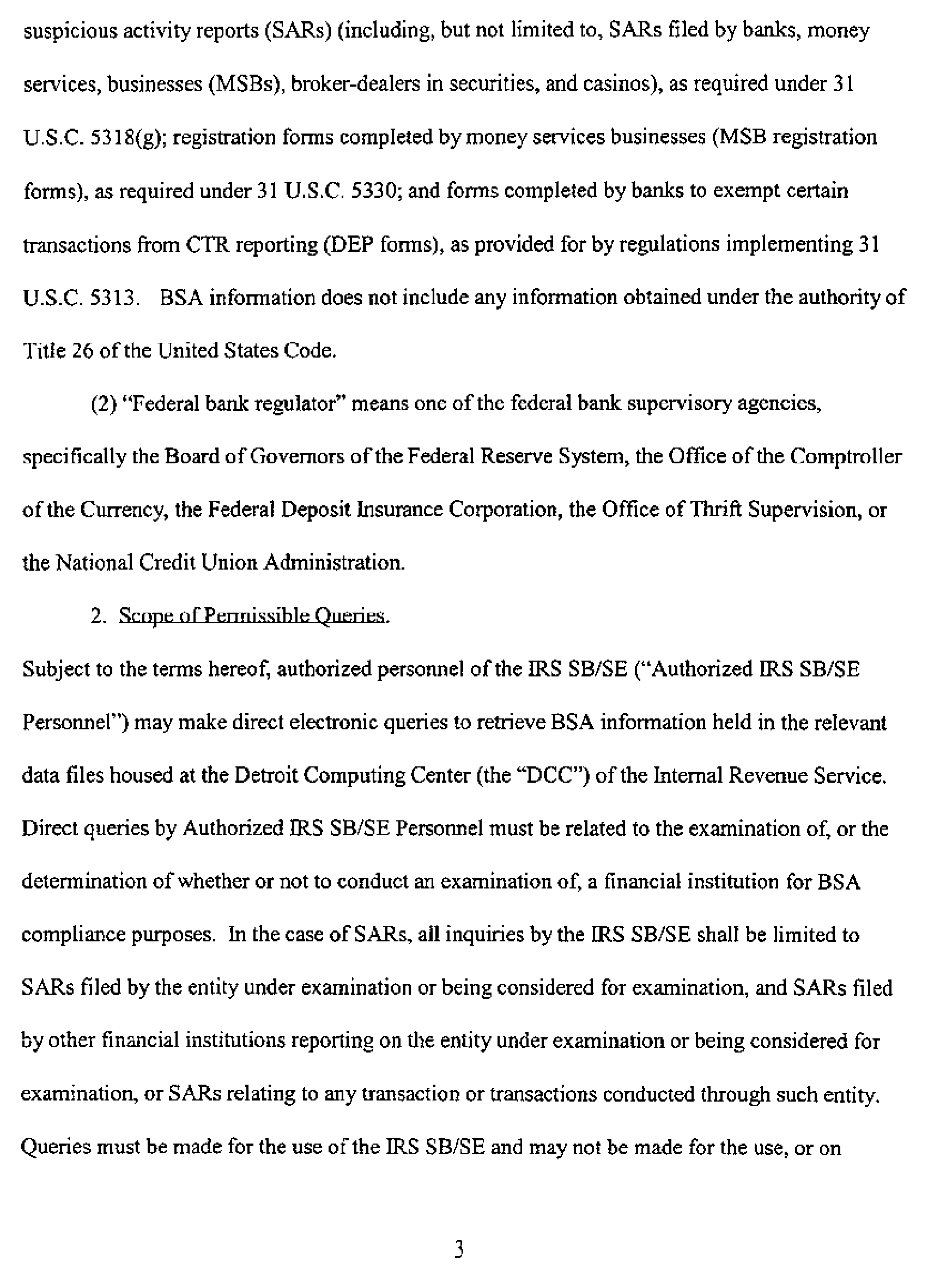
Please click here for the text description of the image.
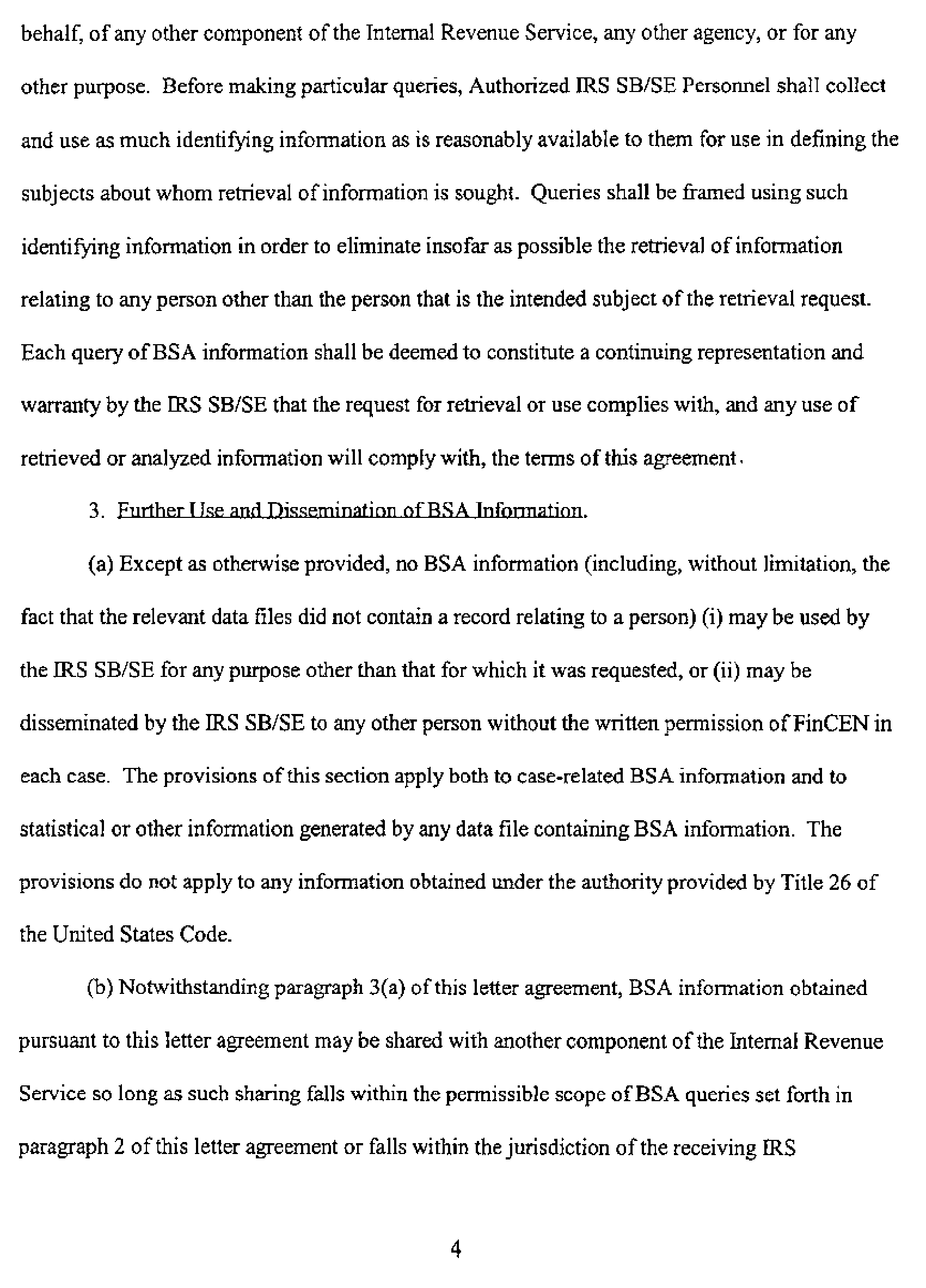
Please click here for the text description of the image.
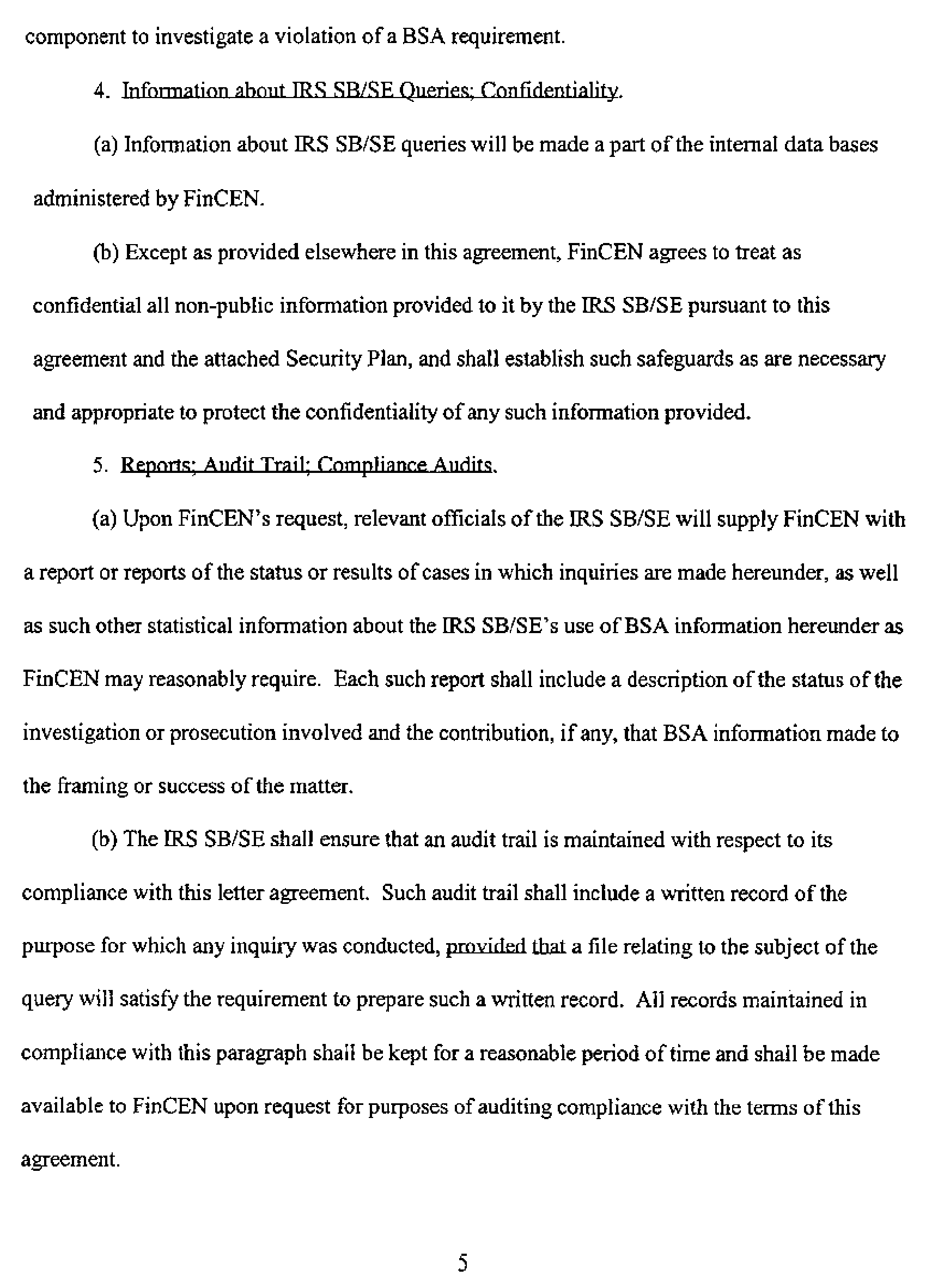
Please click here for the text description of the image.

Please click here for the text description of the image.
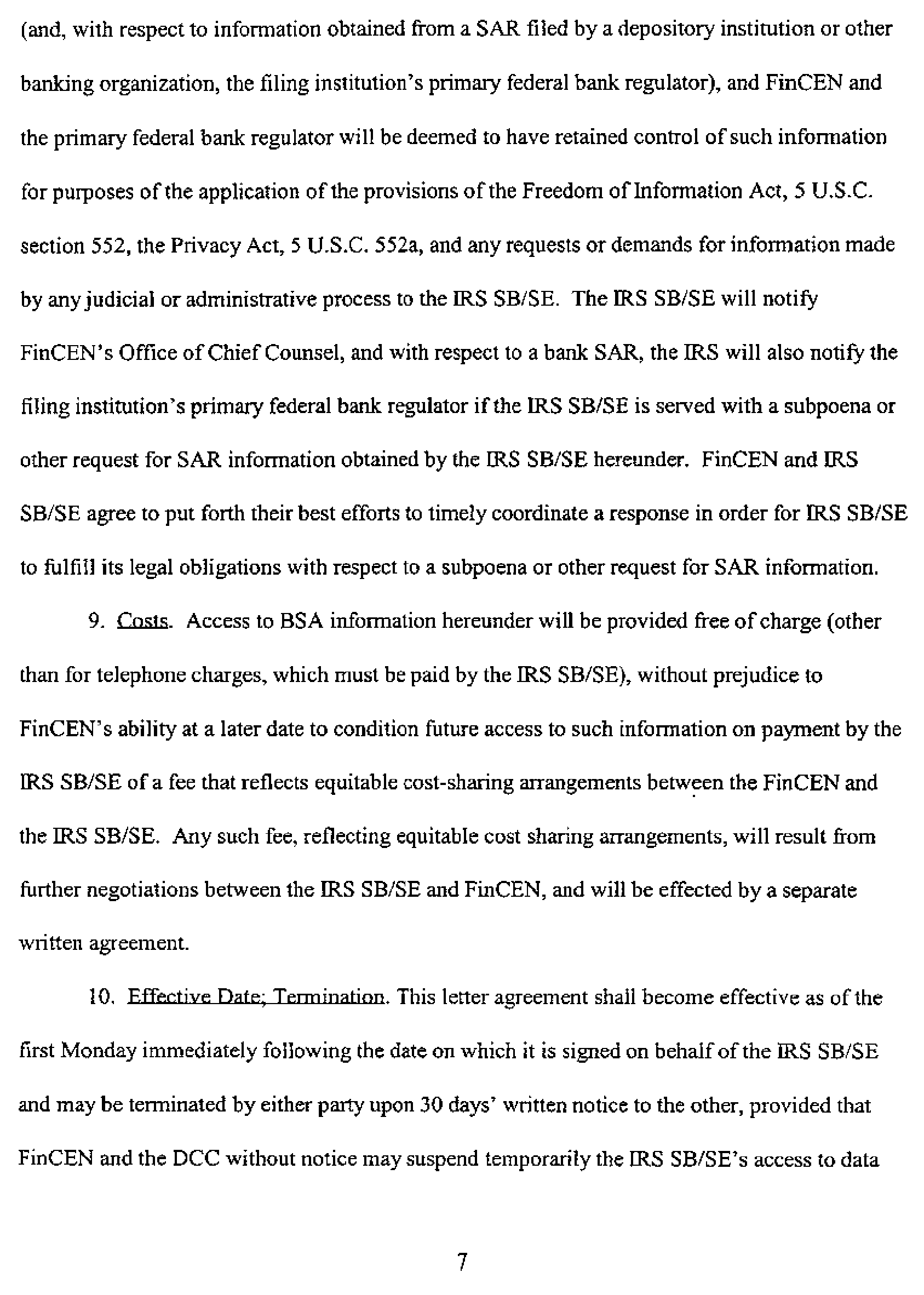
Please click here for the text description of the image.
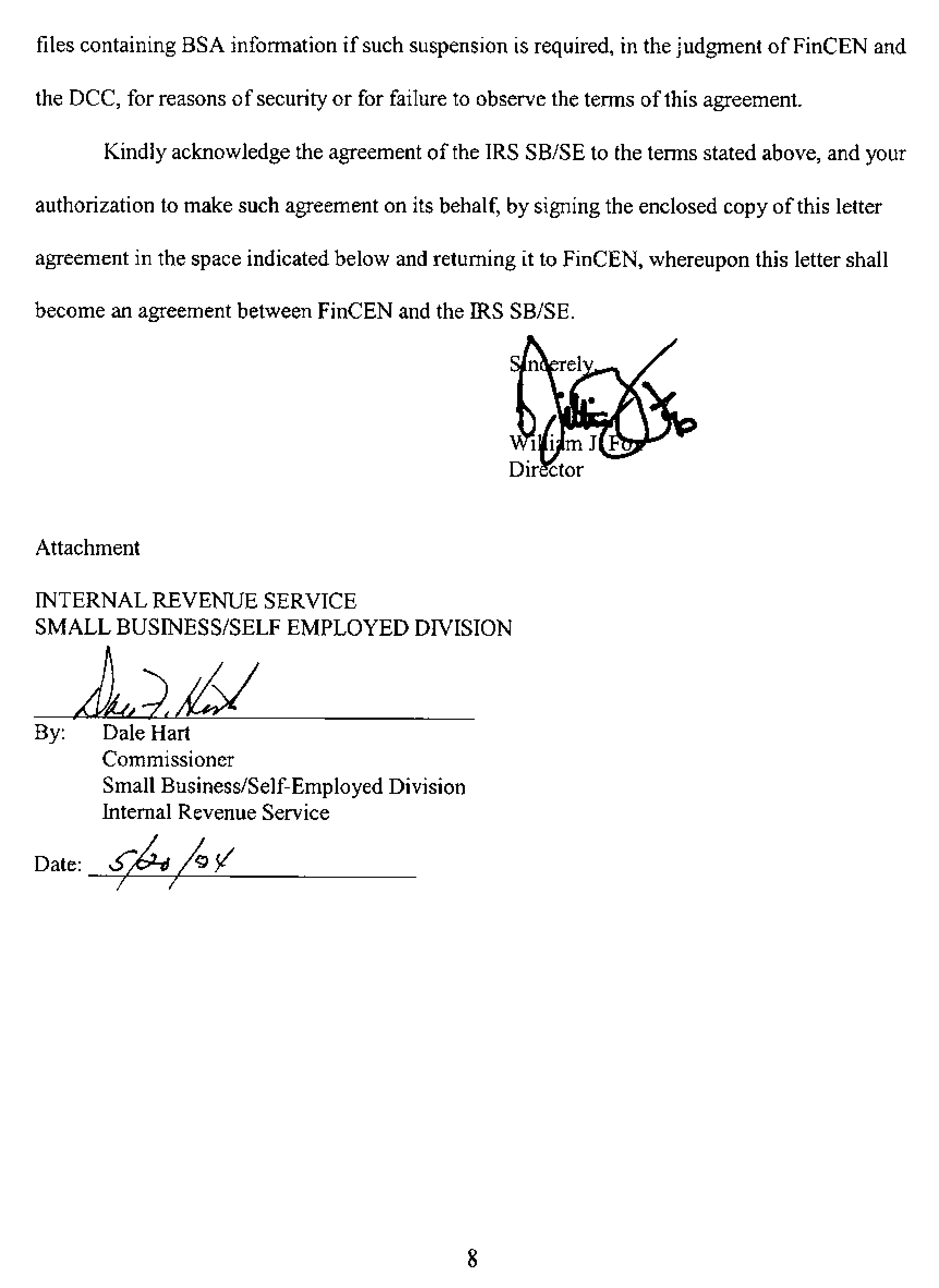
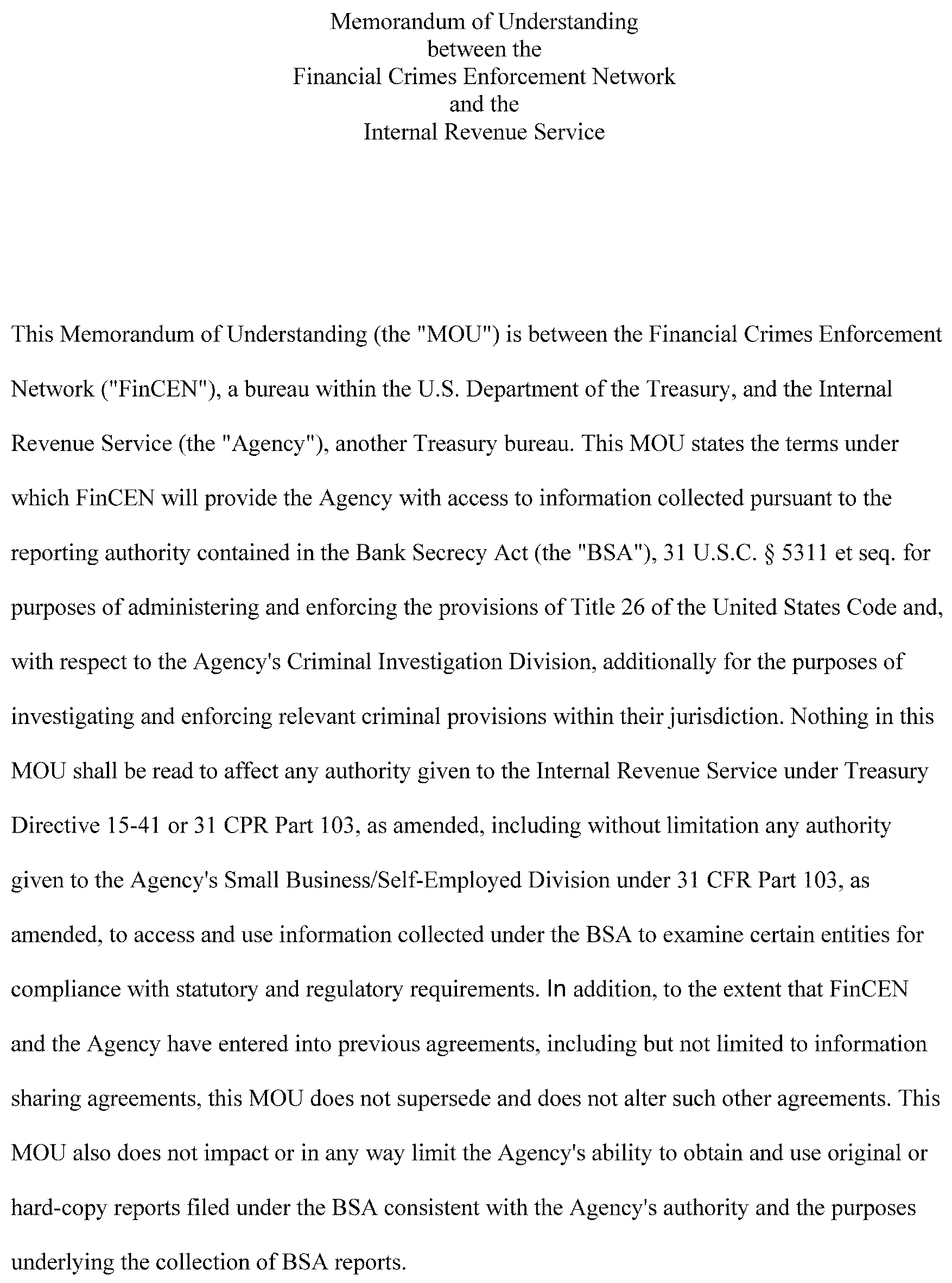
Please click here for the text description of the image.
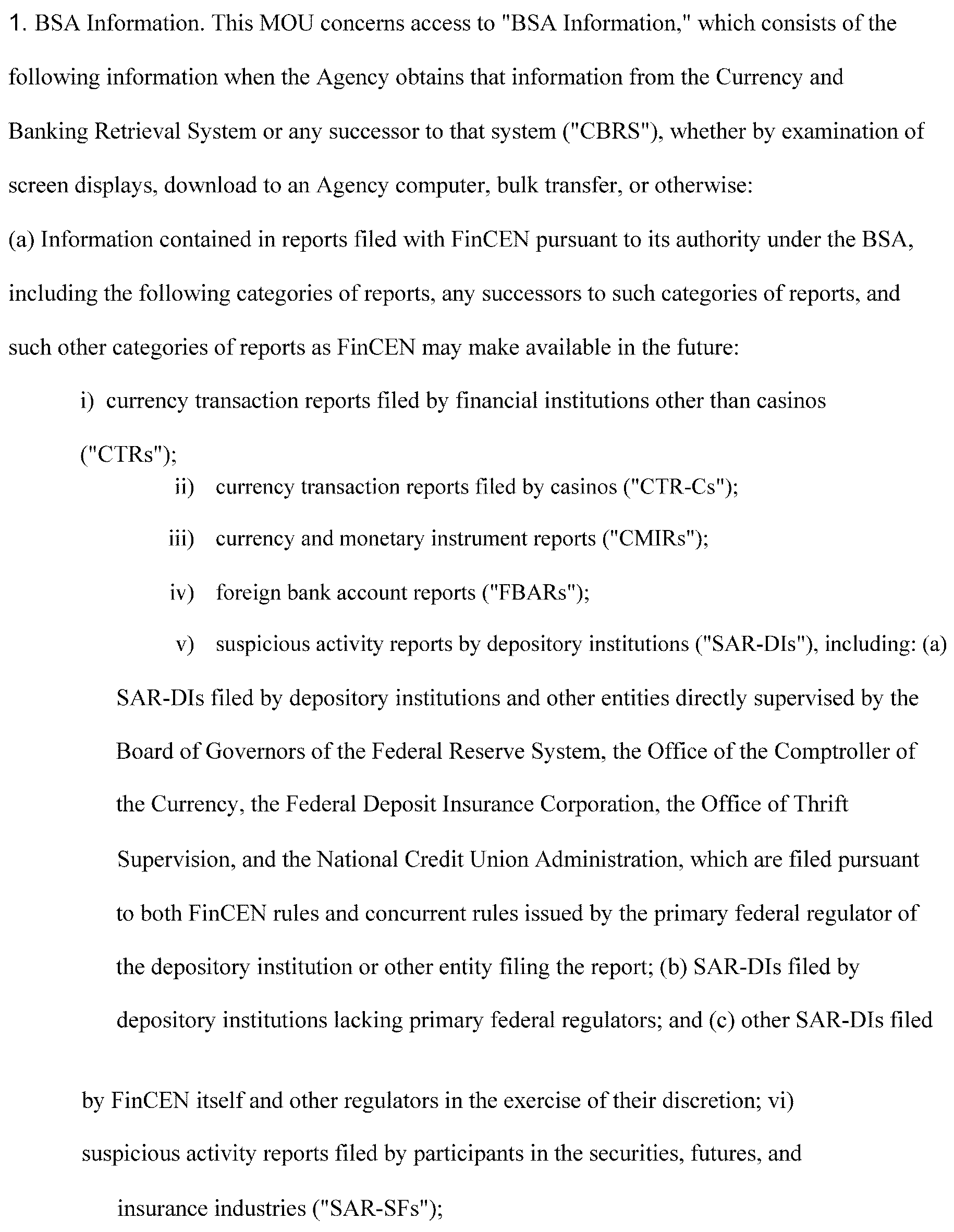
Please click here for the text description of the image.
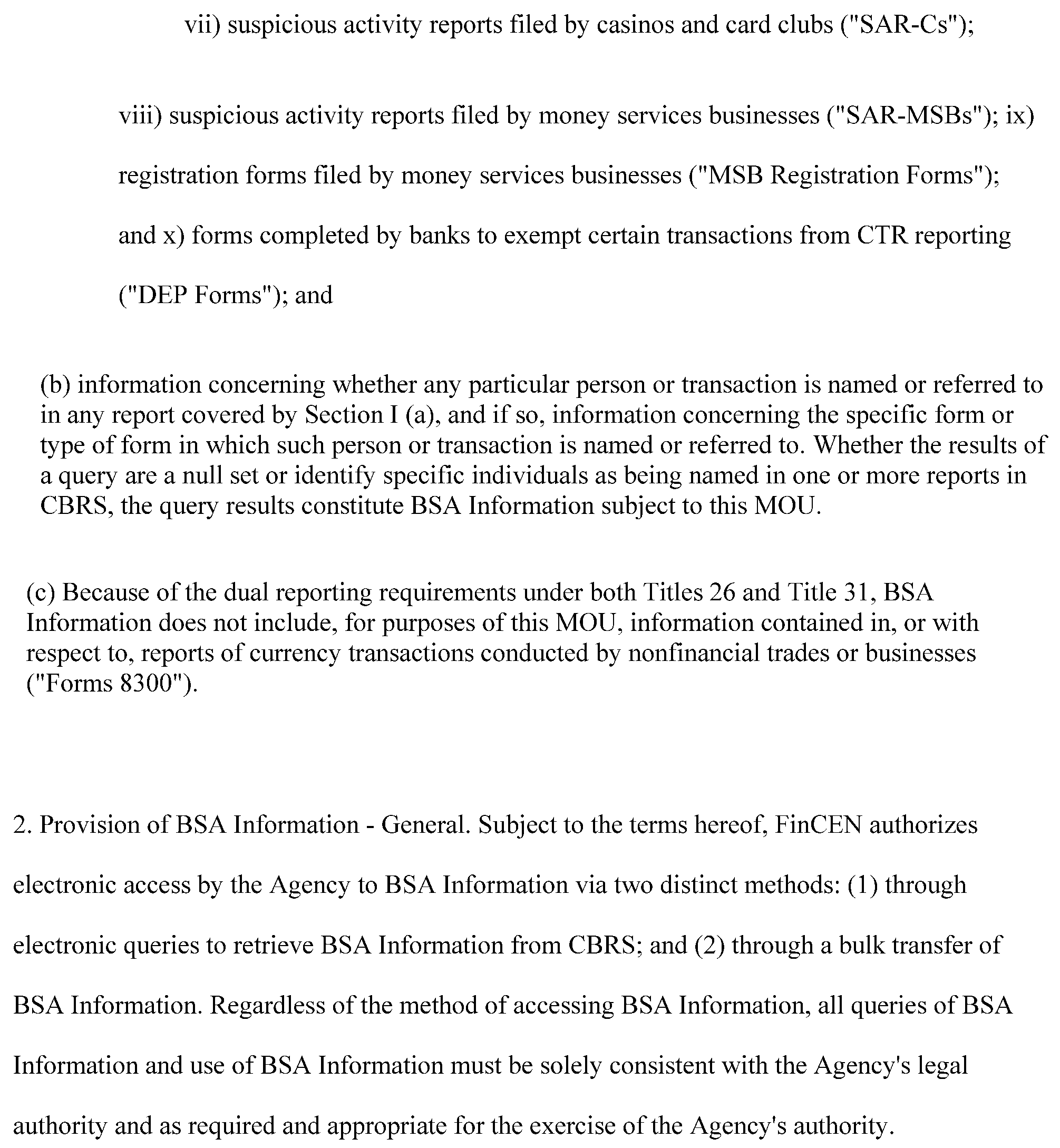
Please click here for the text description of the image.
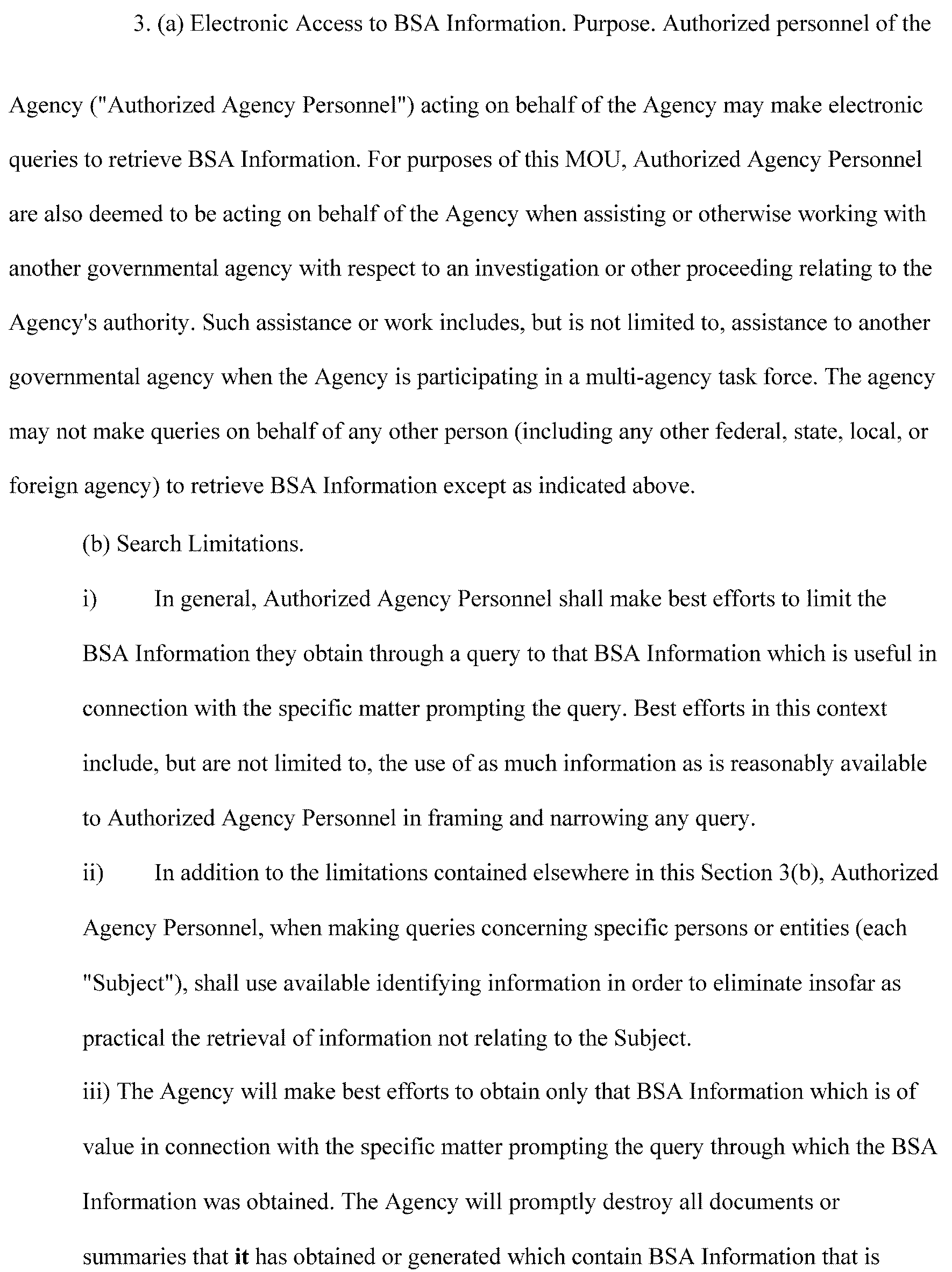
Please click here for the text description of the image.
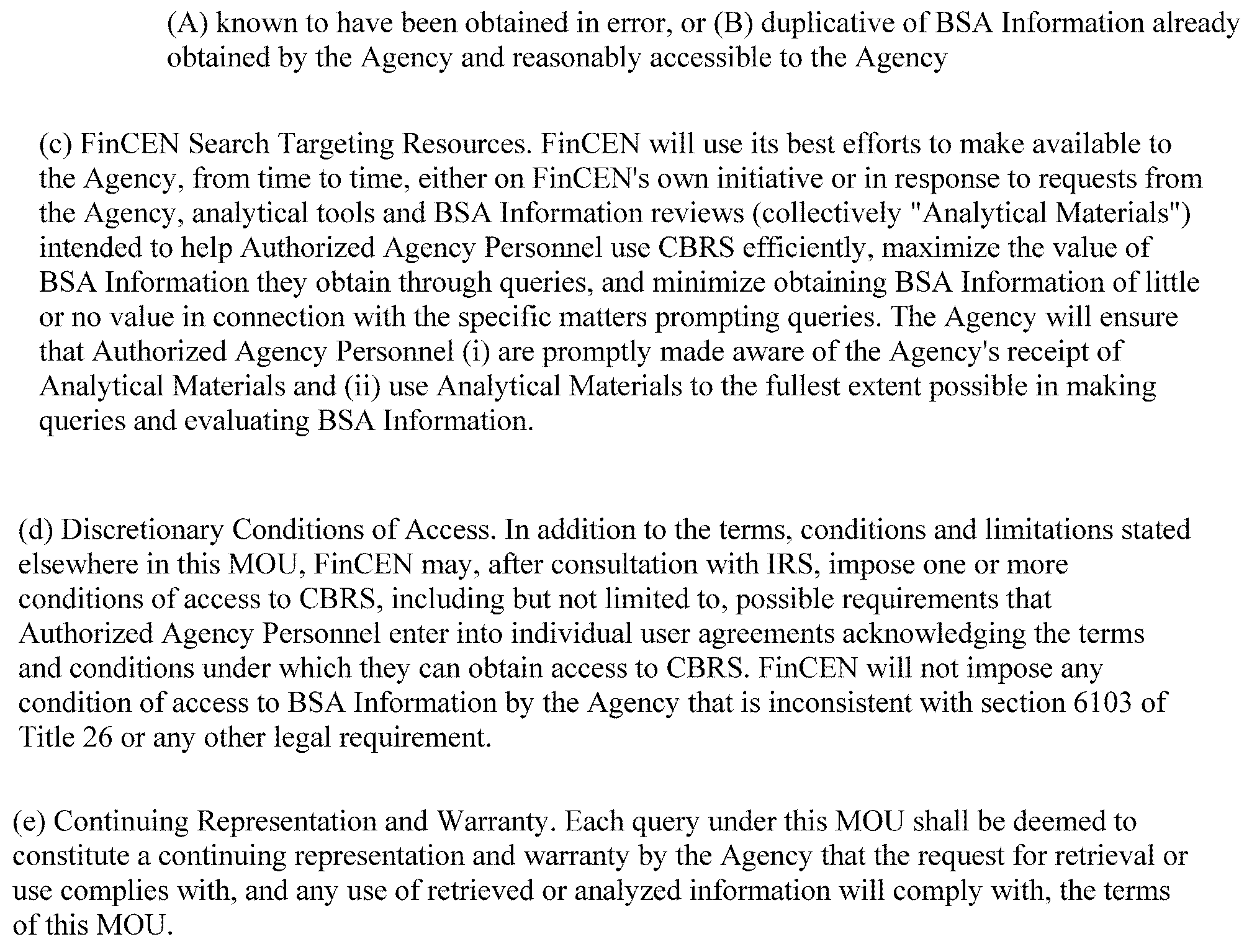
Please click here for the text description of the image.
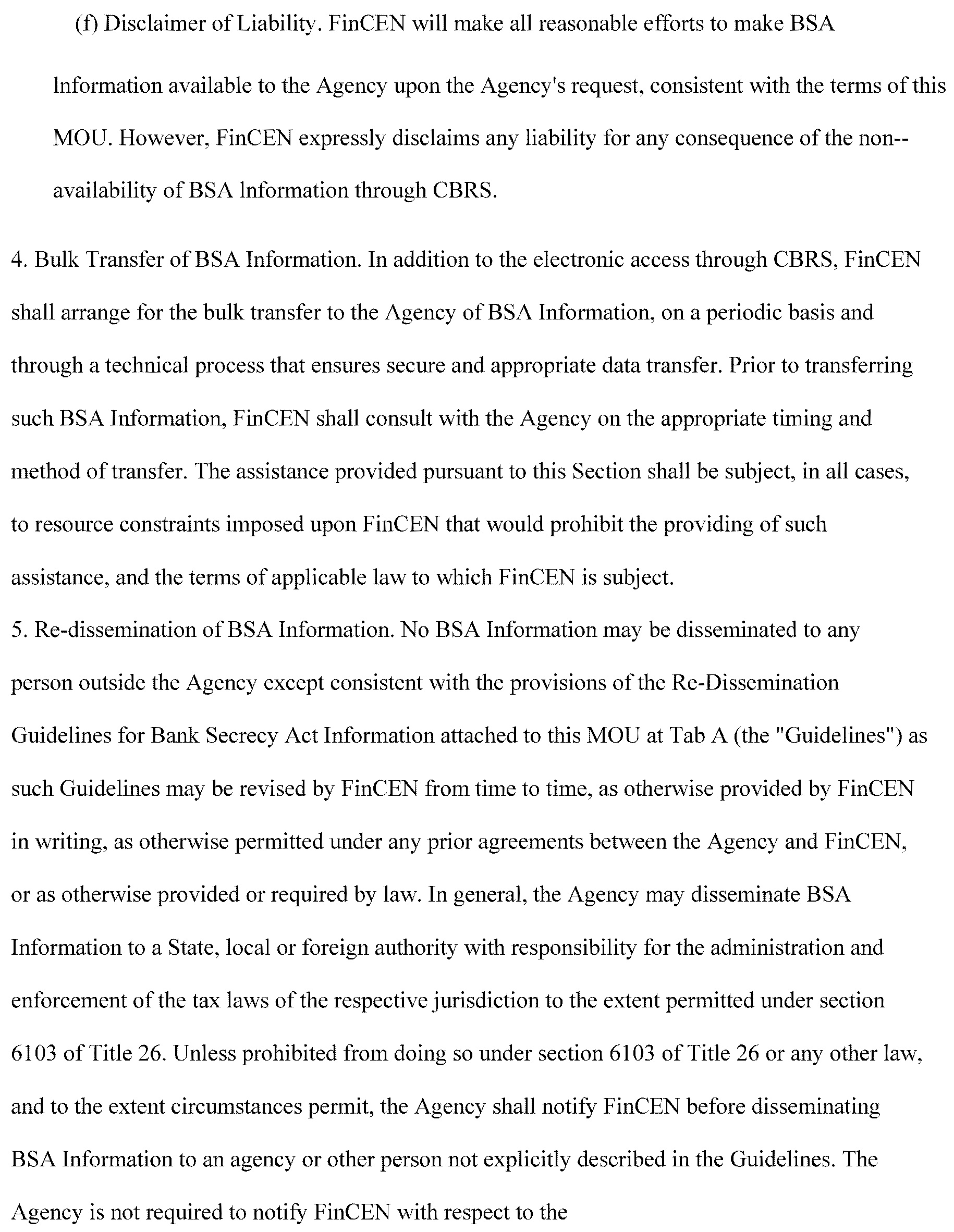
Please click here for the text description of the image.

Please click here for the text description of the image.
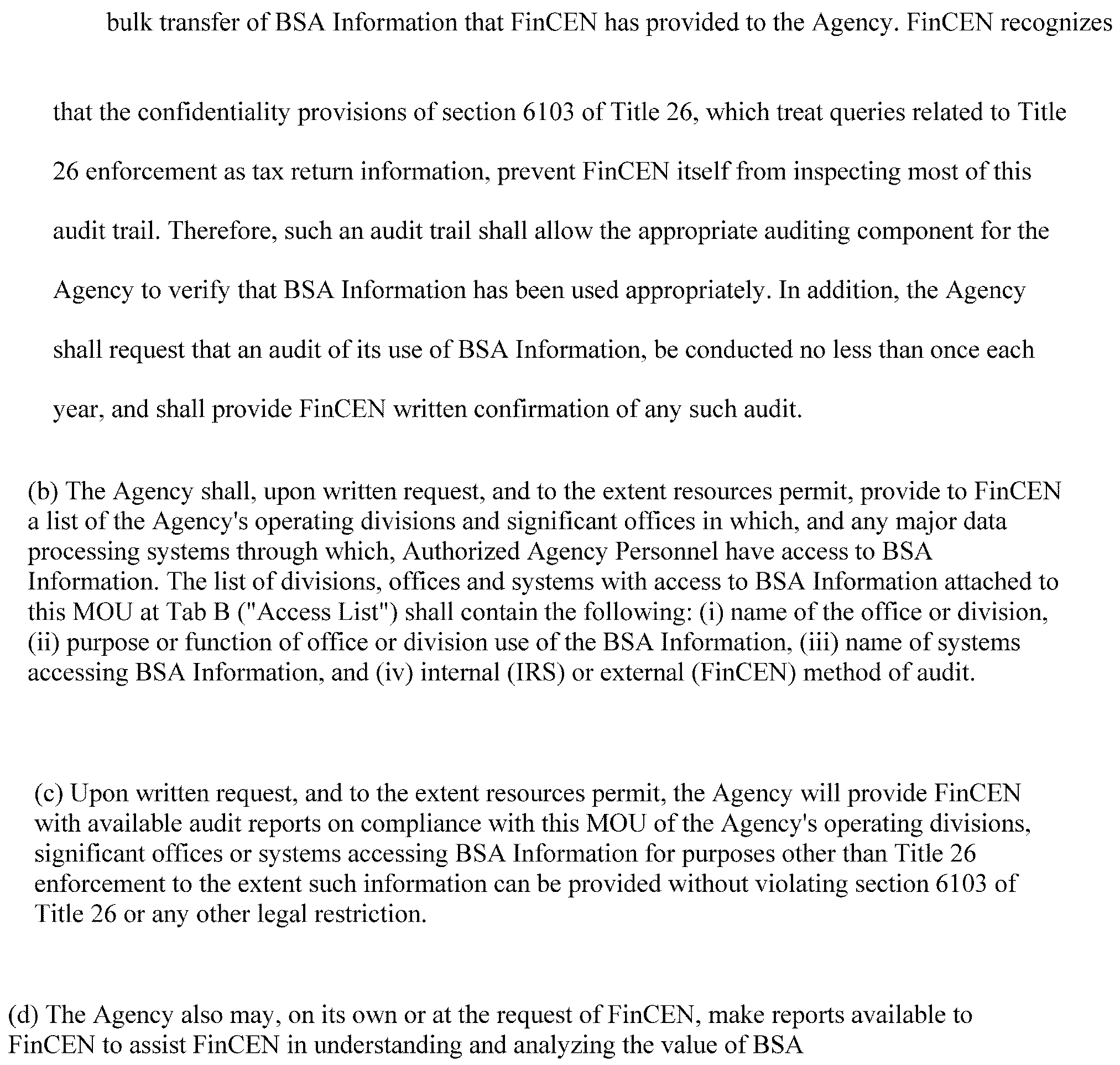
Please click here for the text description of the image.
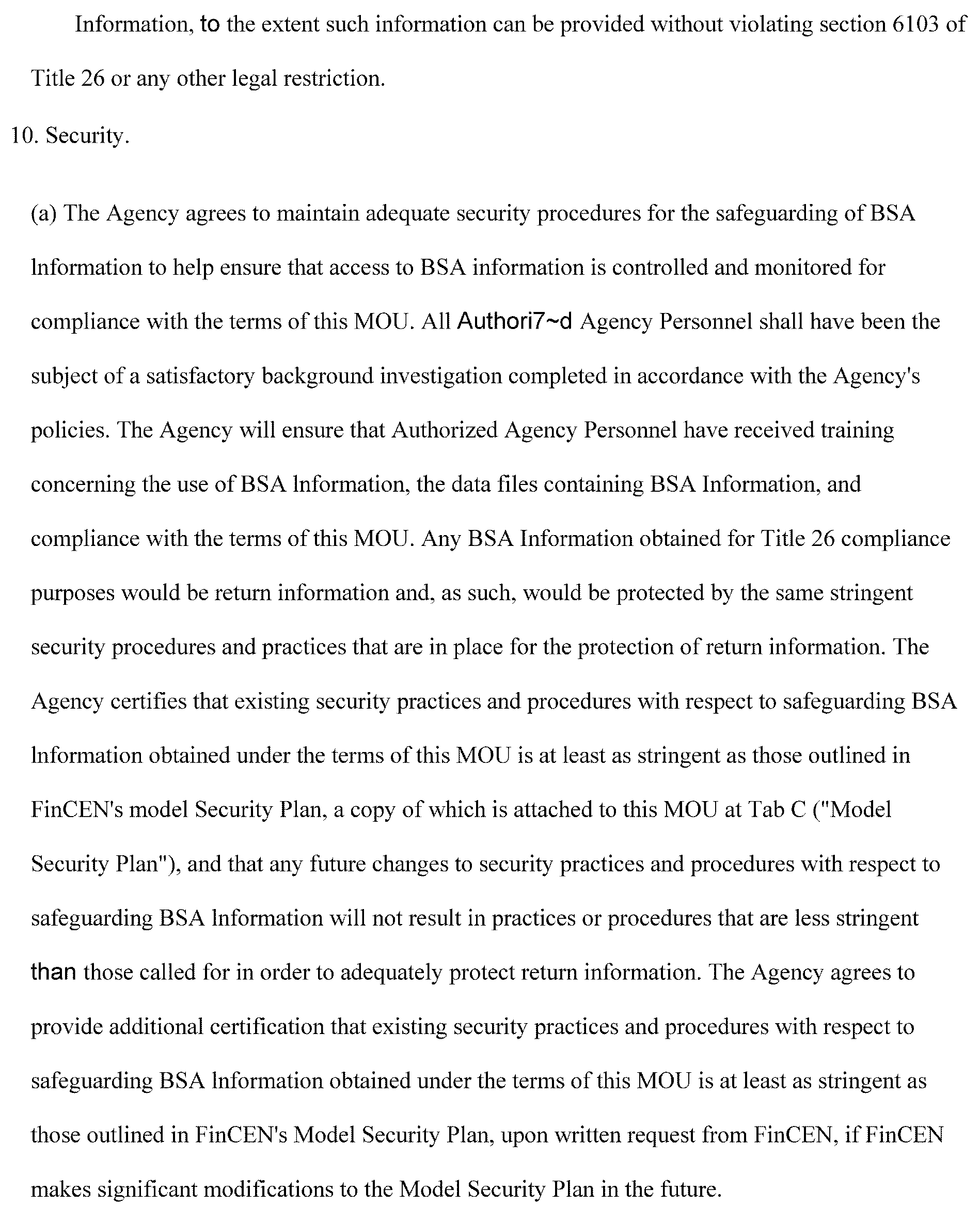
Please click here for the text description of the image.

Please click here for the text description of the image.
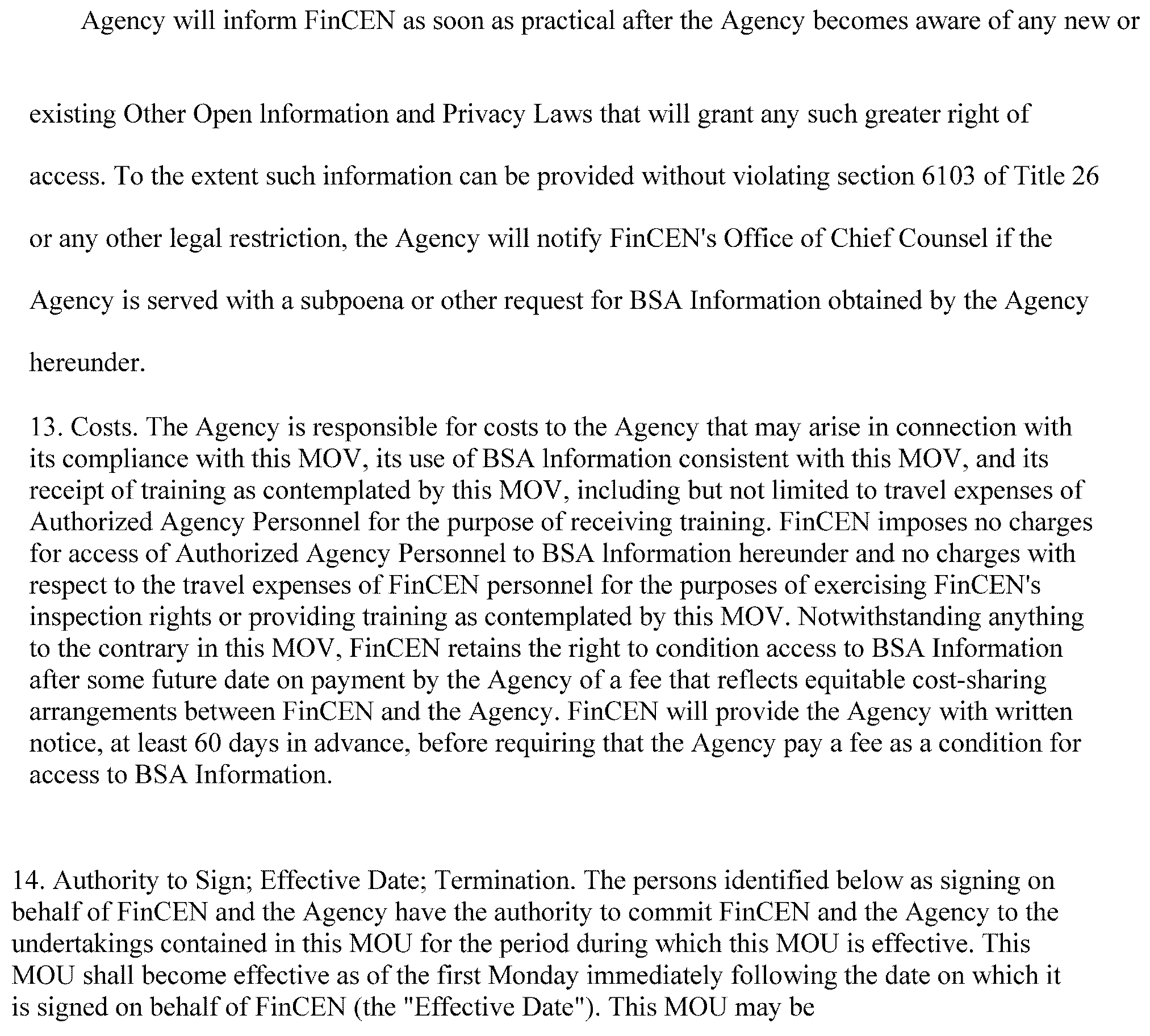
Please click here for the text description of the image.

Please click here for the text description of the image.

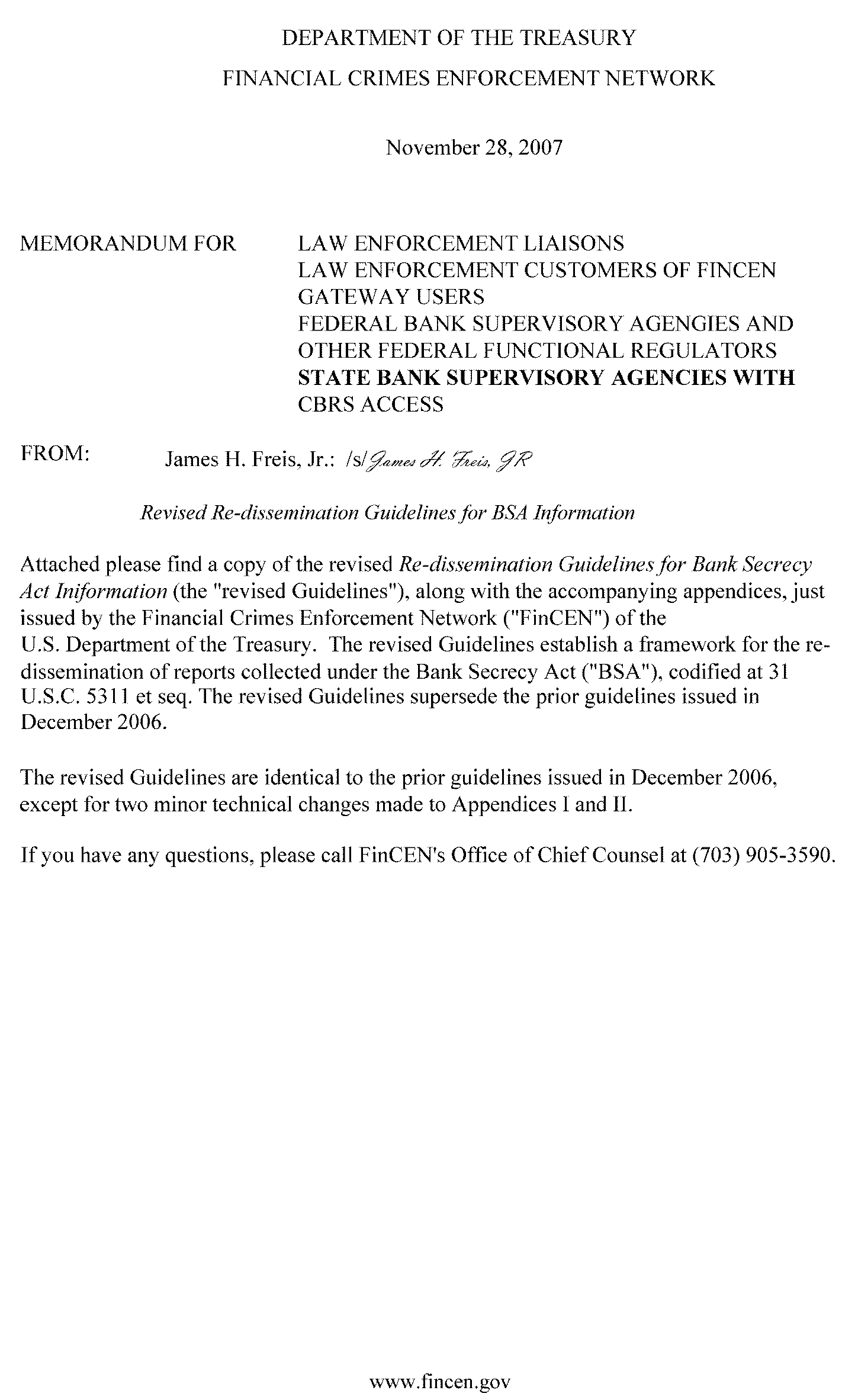
Please click here for the text description of the image.
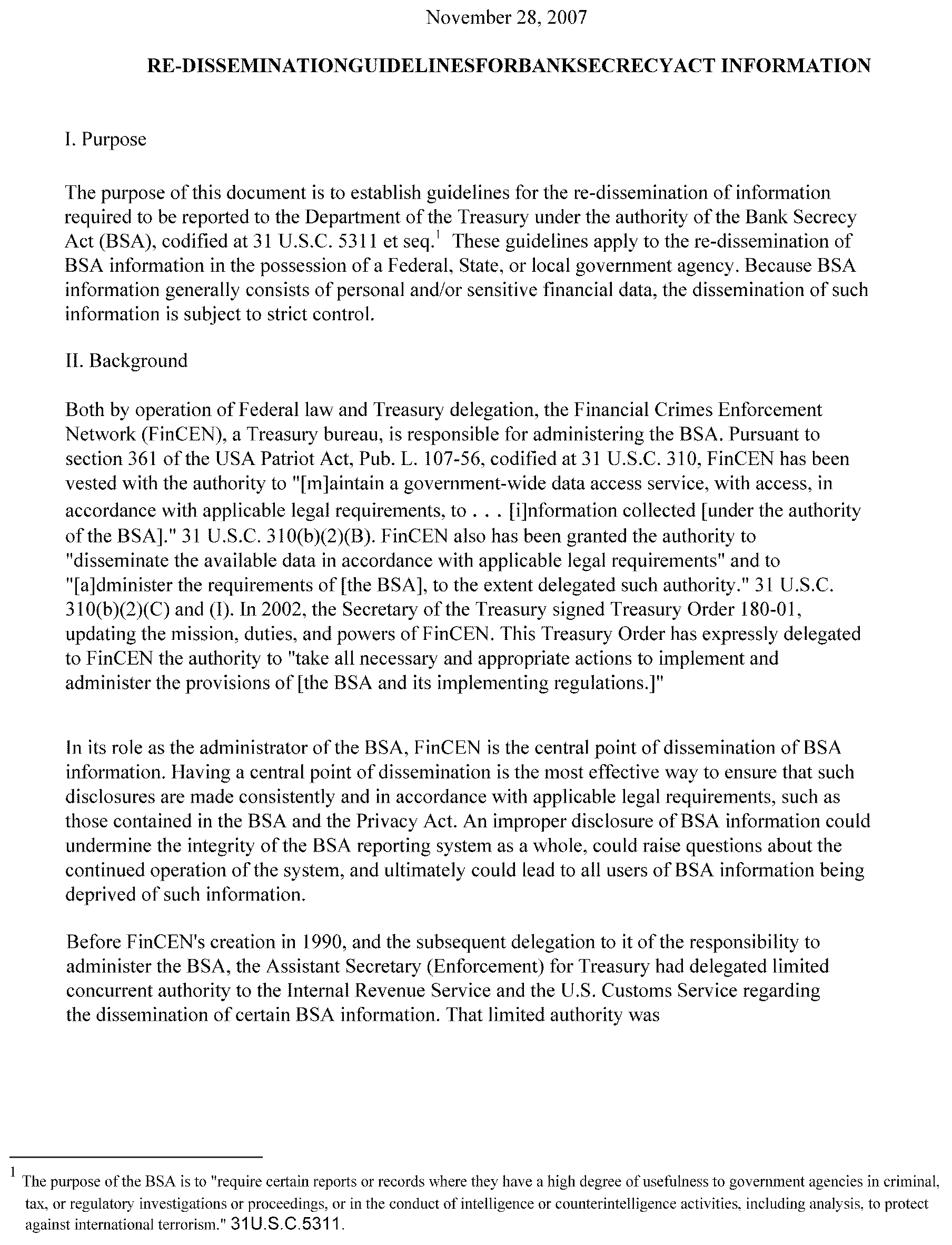
Please click here for the text description of the image.
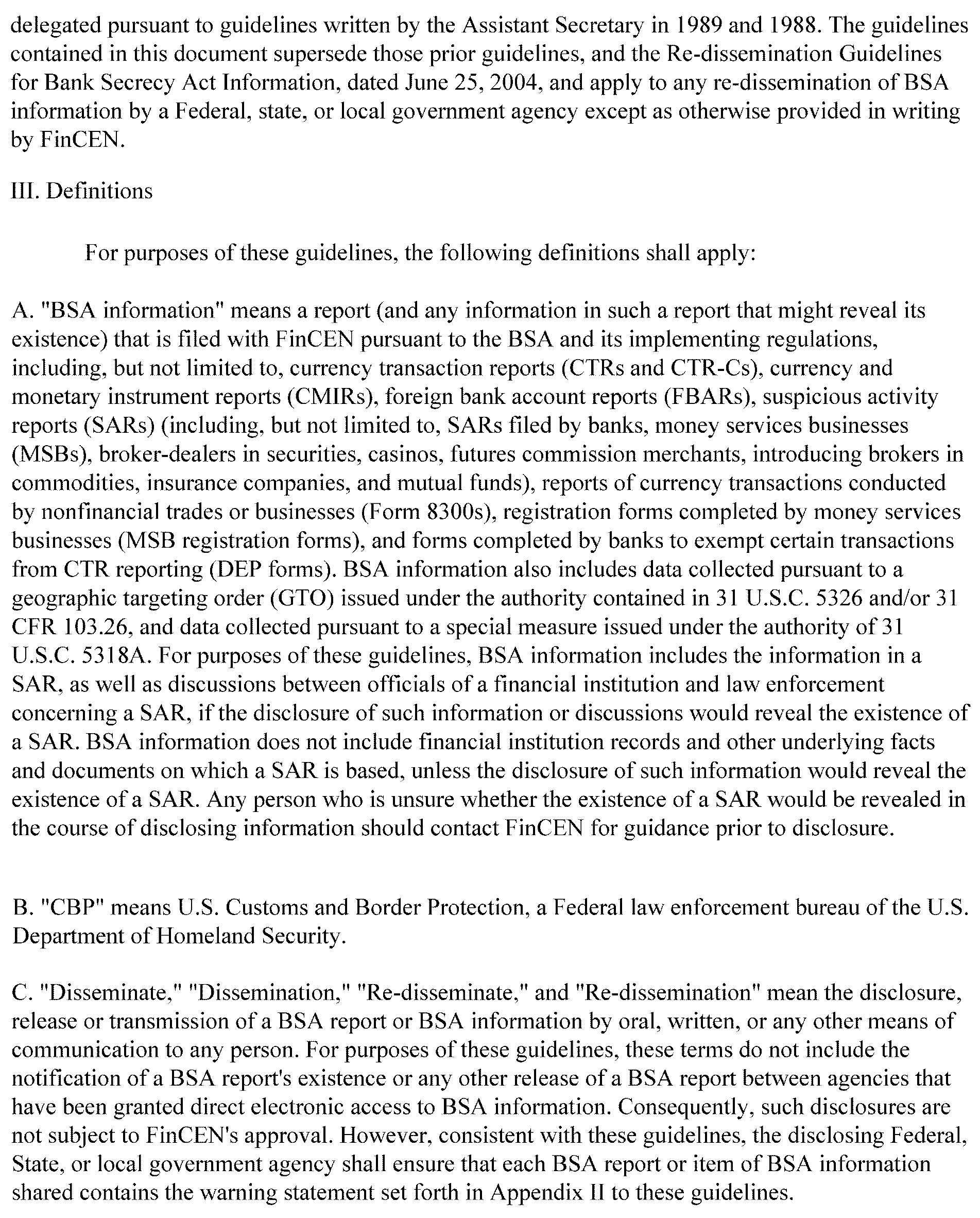
Please click here for the text description of the image.

Please click here for the text description of the image.
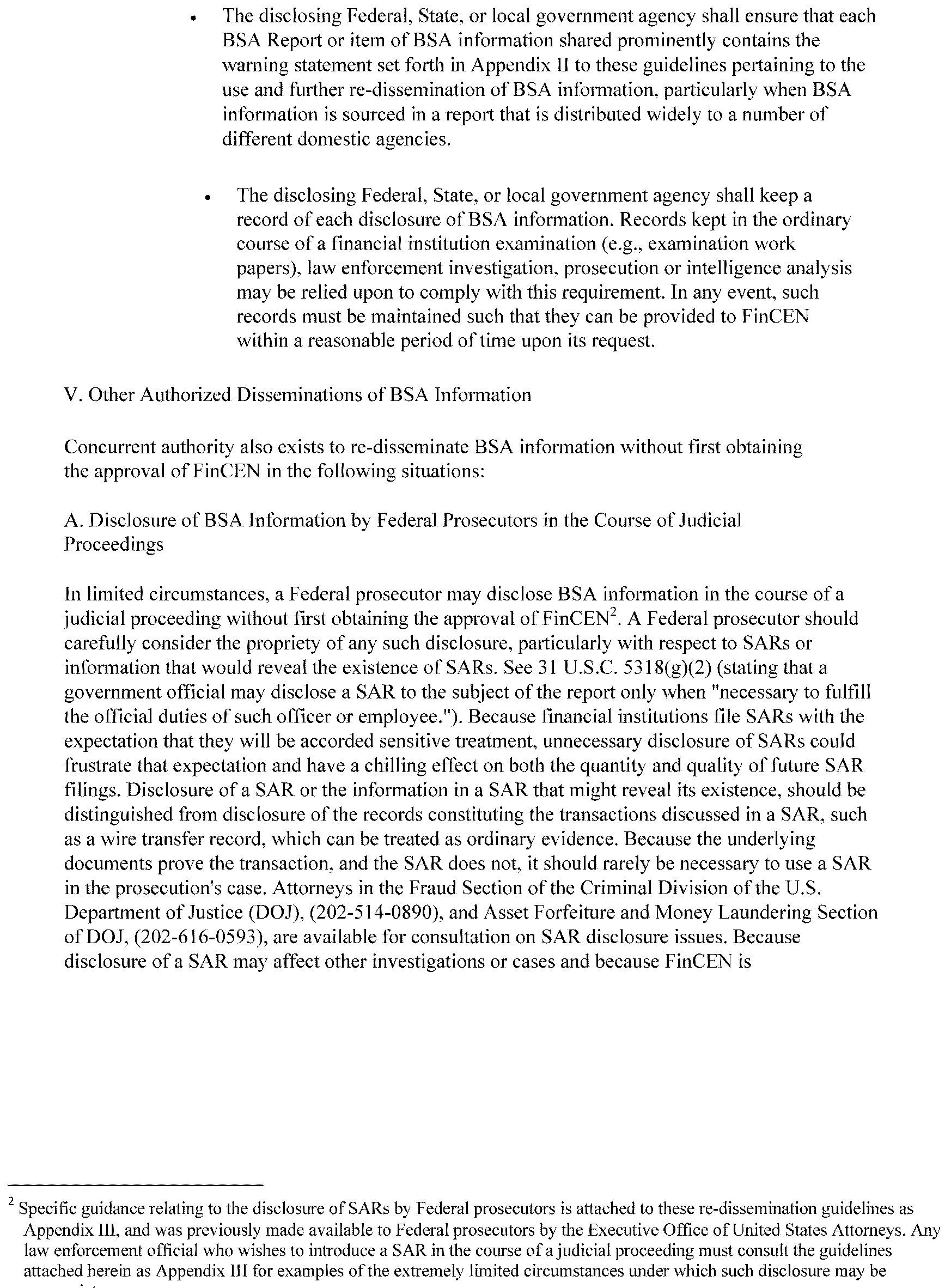
Please click here for the text description of the image.
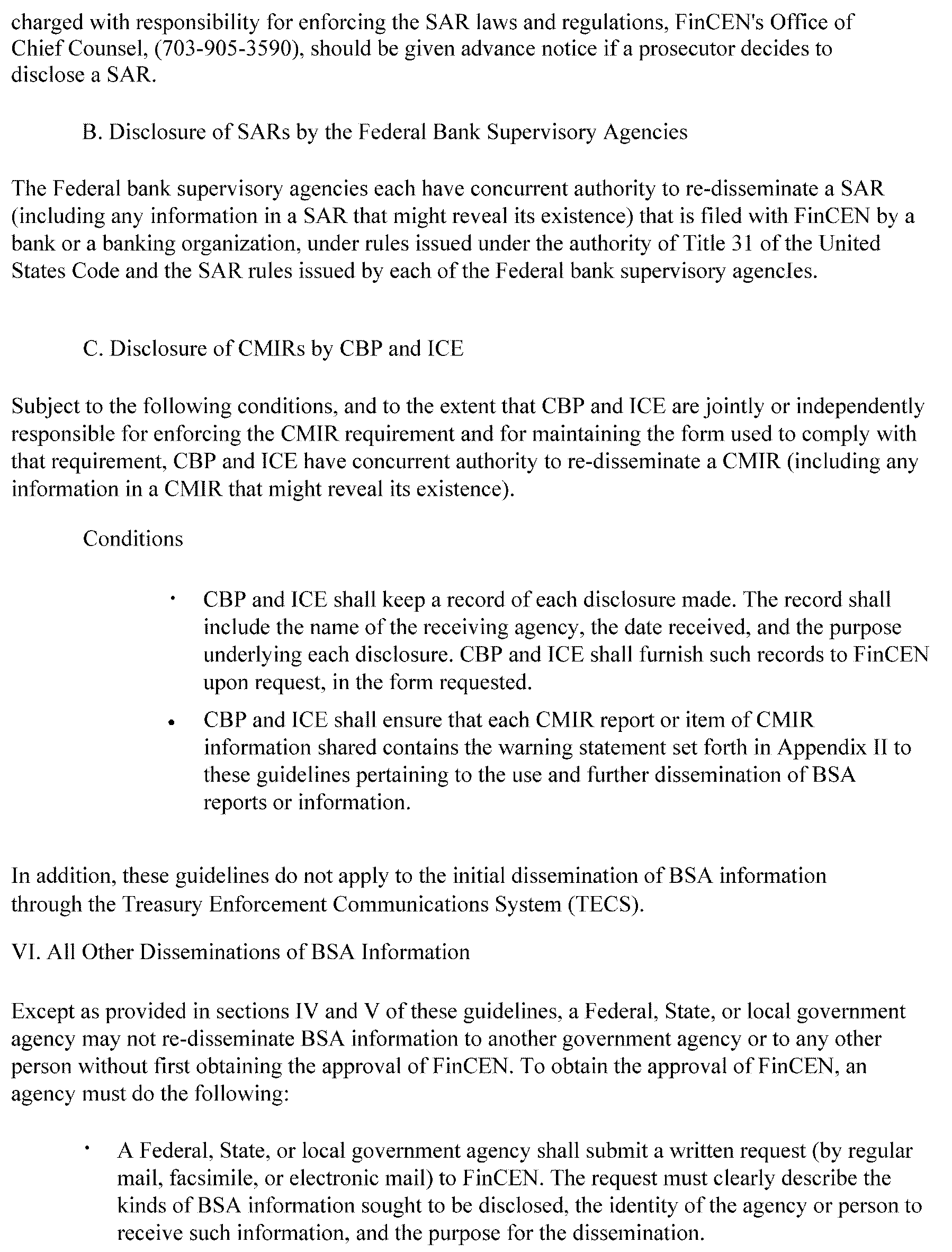
Please click here for the text description of the image.
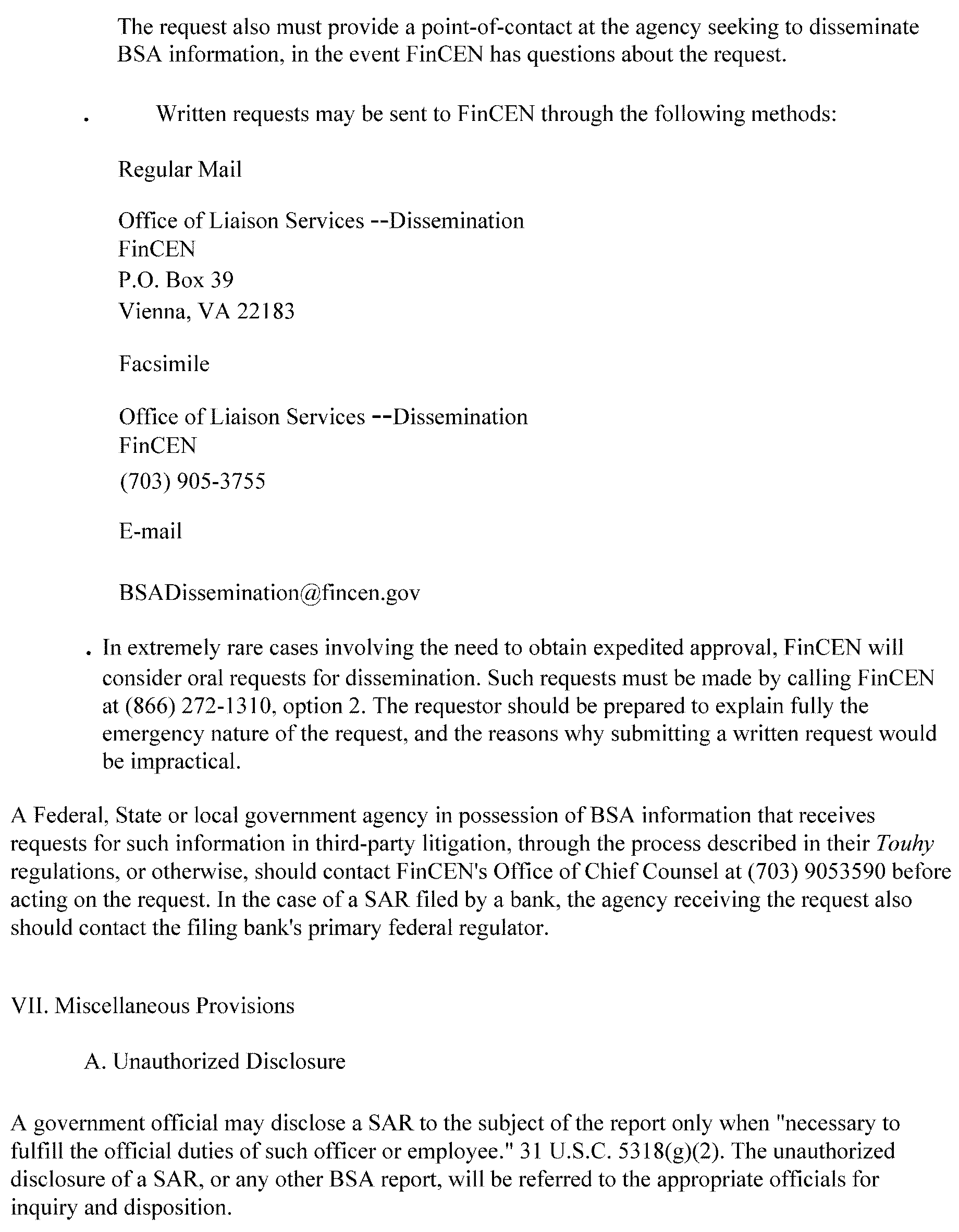
Please click here for the text description of the image.
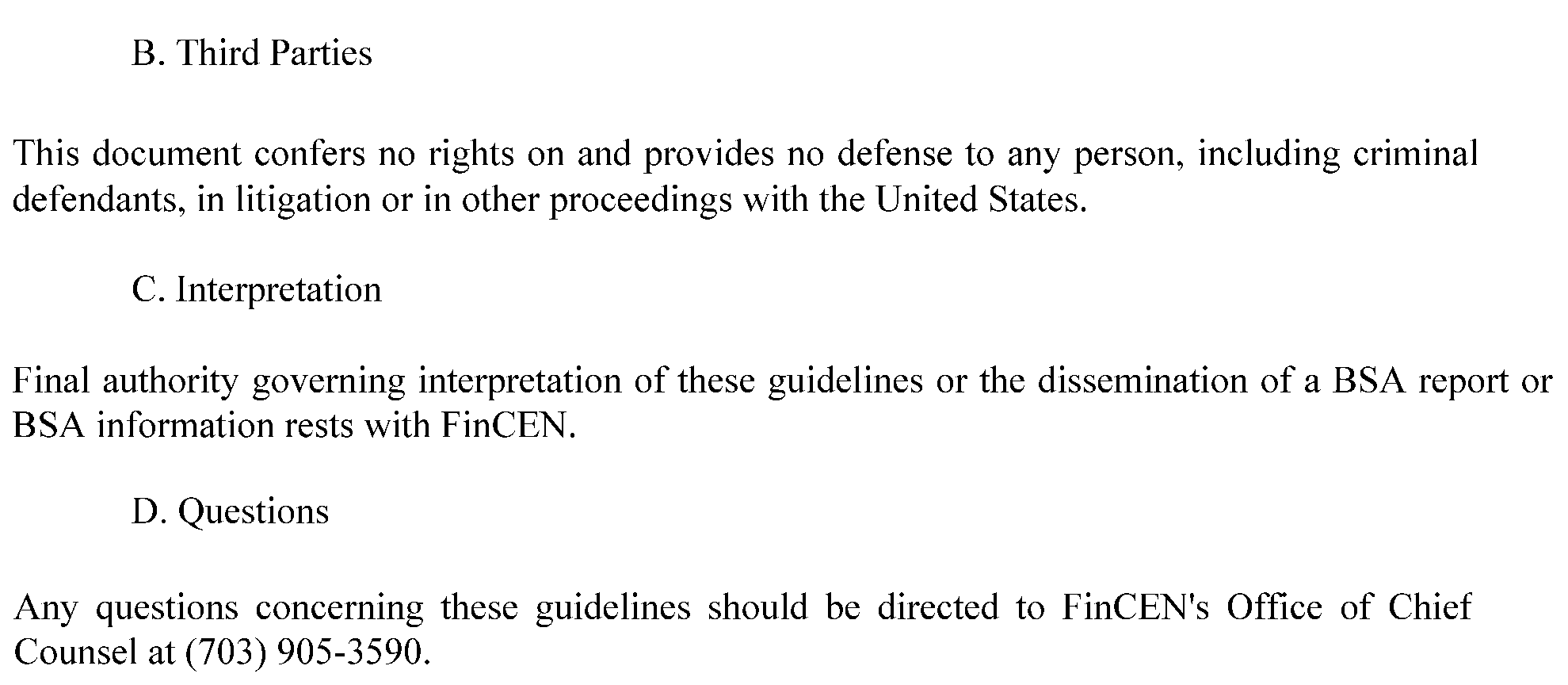
Please click here for the text description of the image.

Please click here for the text description of the image.
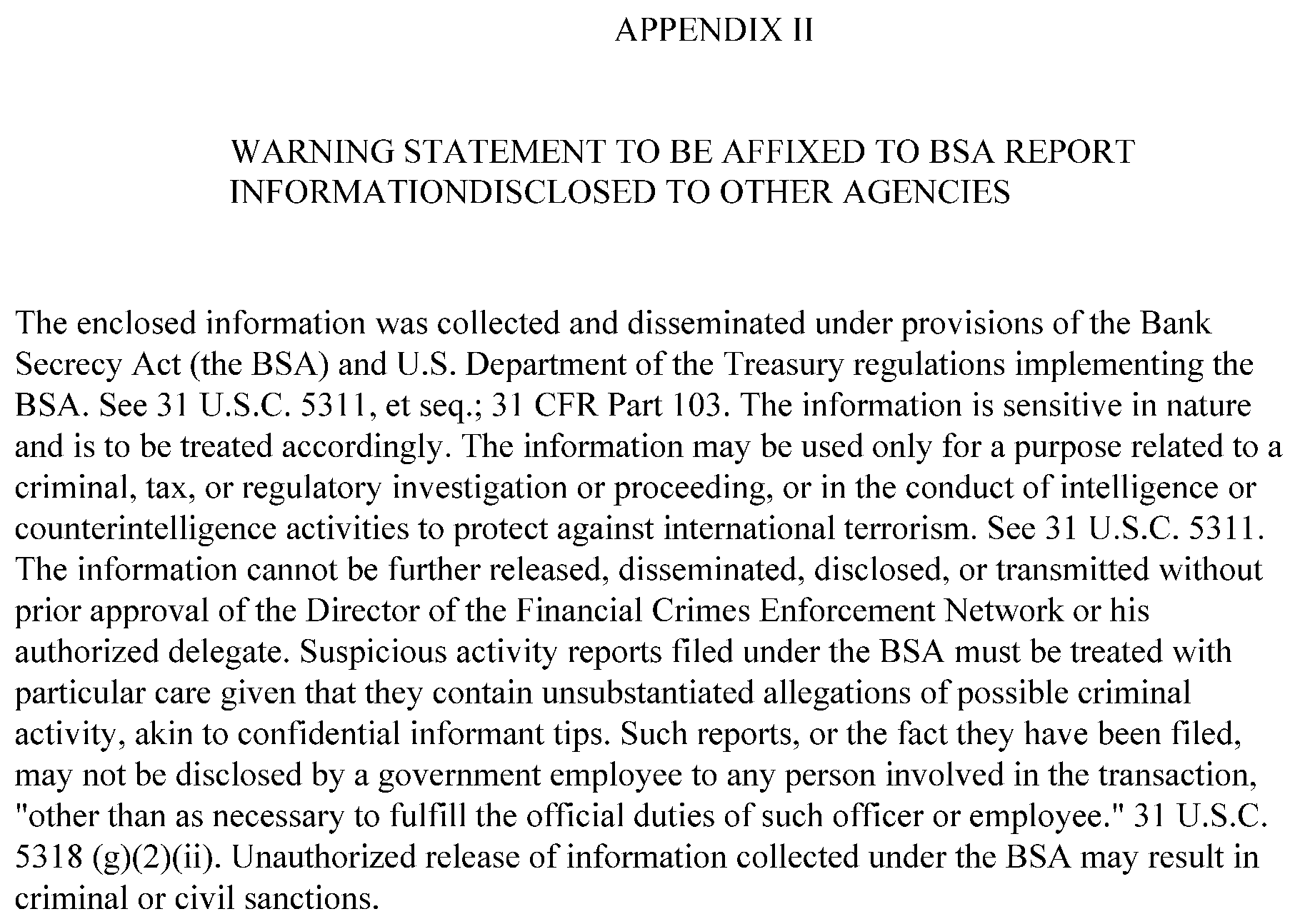
Please click here for the text description of the image.
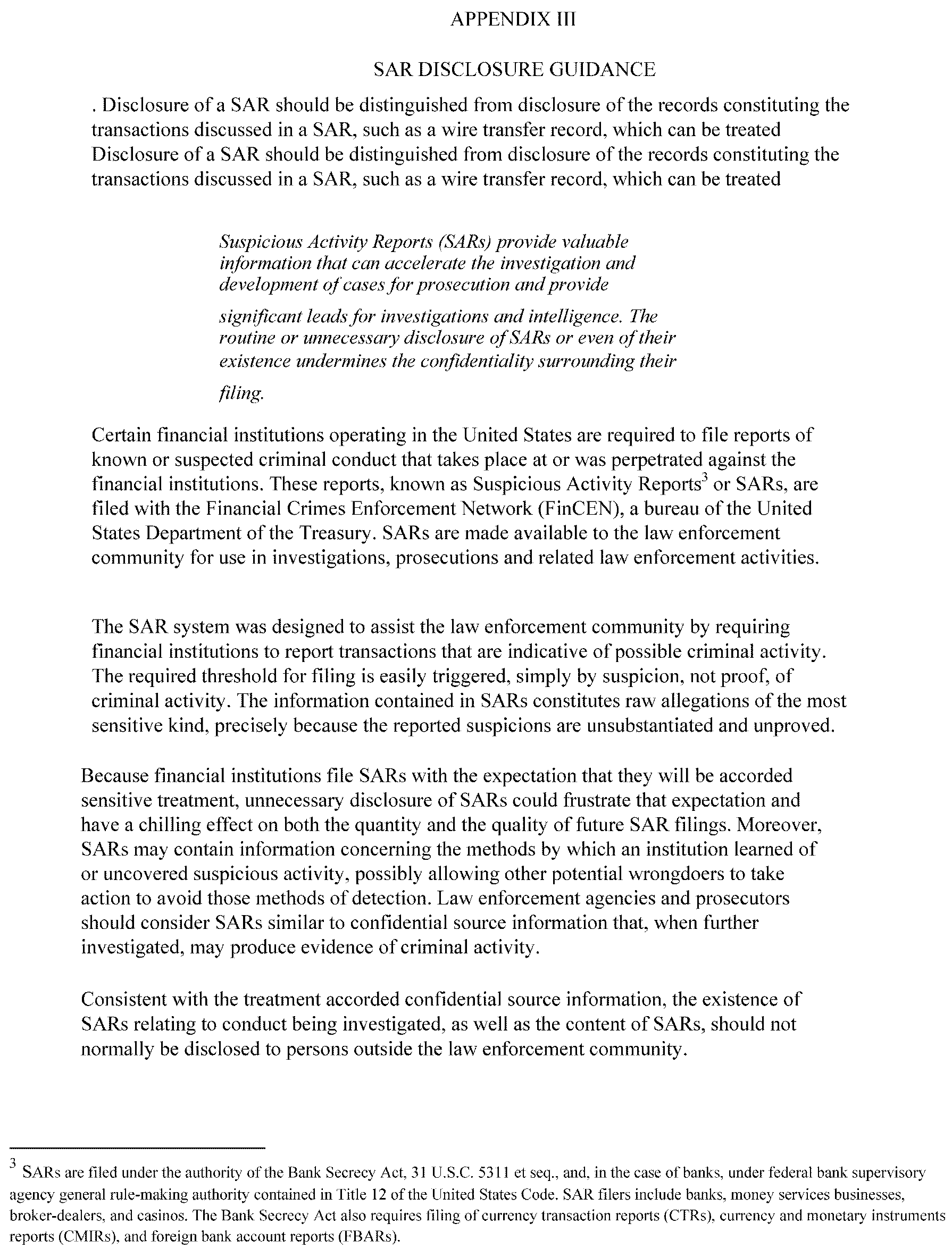
Please click here for the text description of the image.
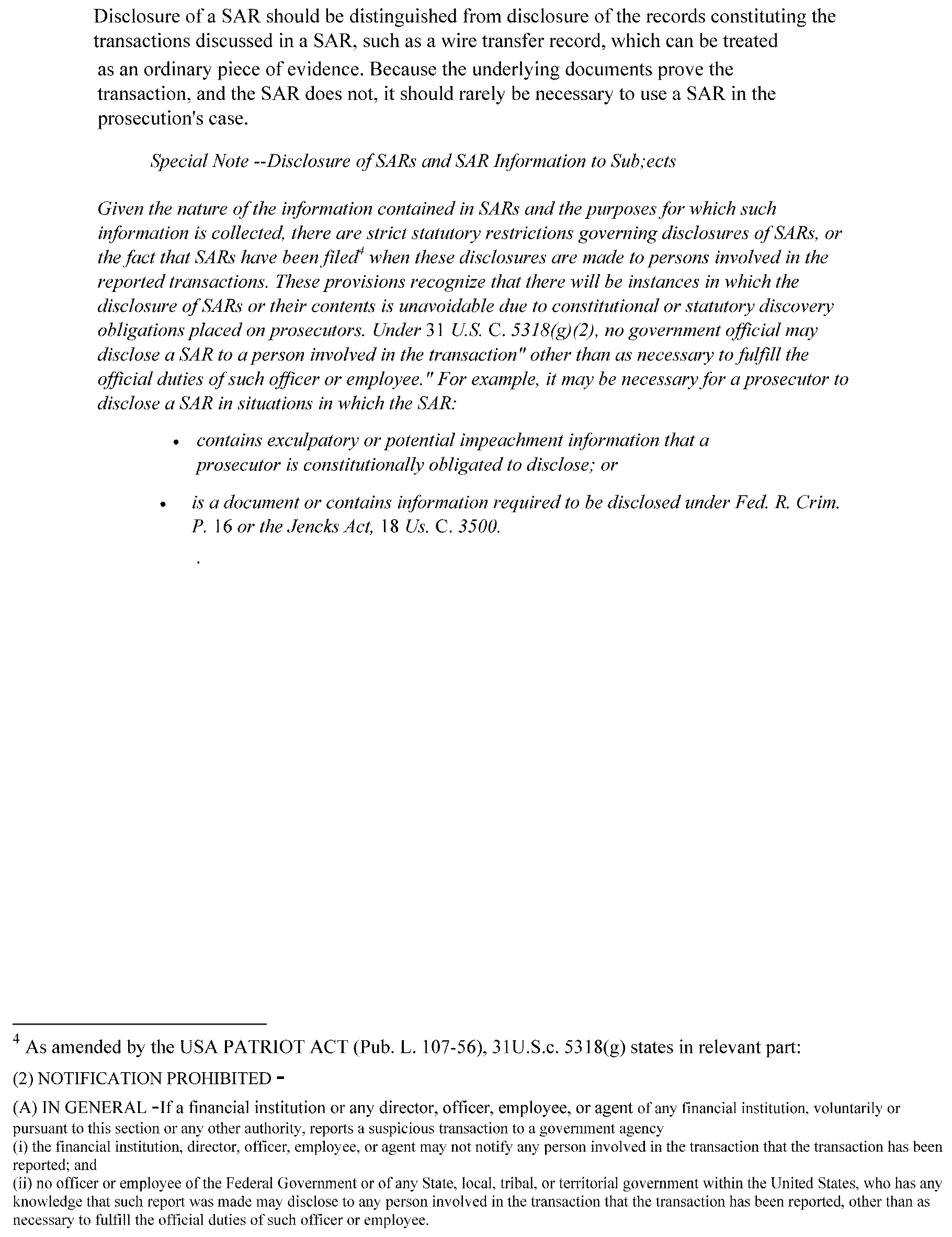
Please click here for the text description of the image.


 )
或 https:// 表示您已安全连接到 .gov 网站。仅在官方、安全的网站上共享敏感信息。
)
或 https:// 表示您已安全连接到 .gov 网站。仅在官方、安全的网站上共享敏感信息。
